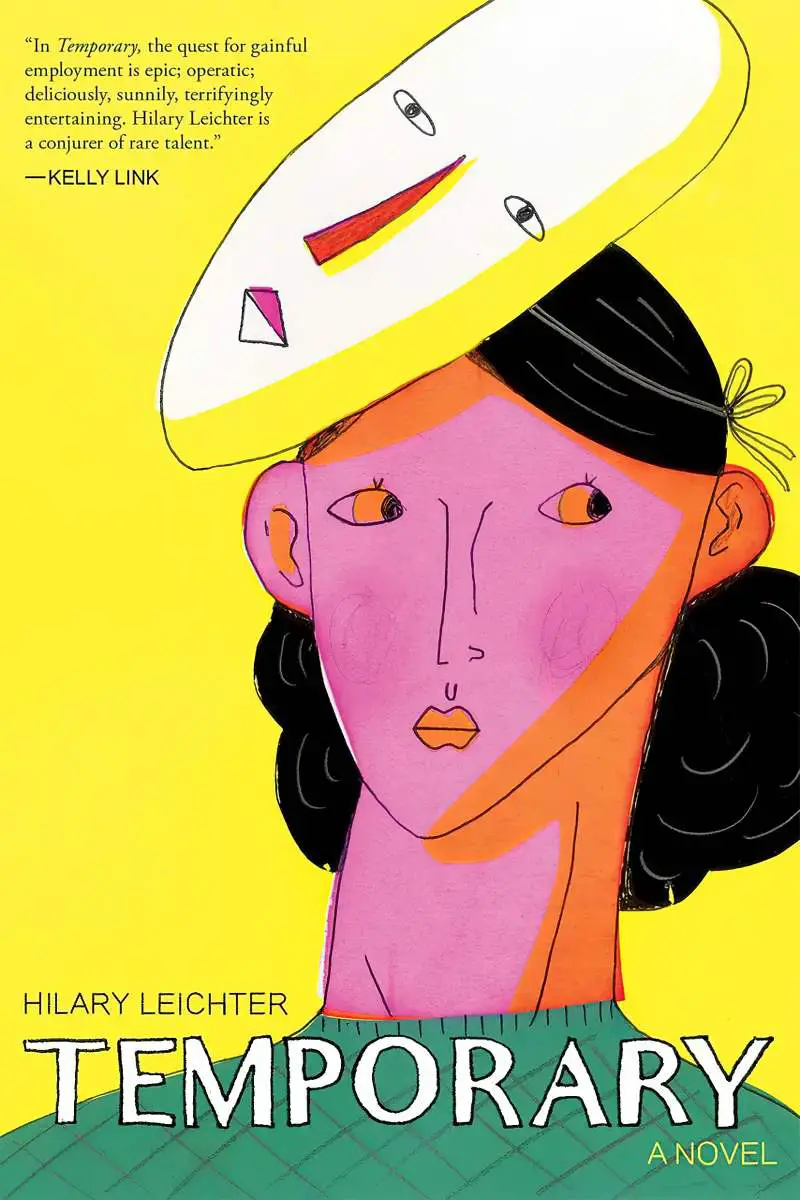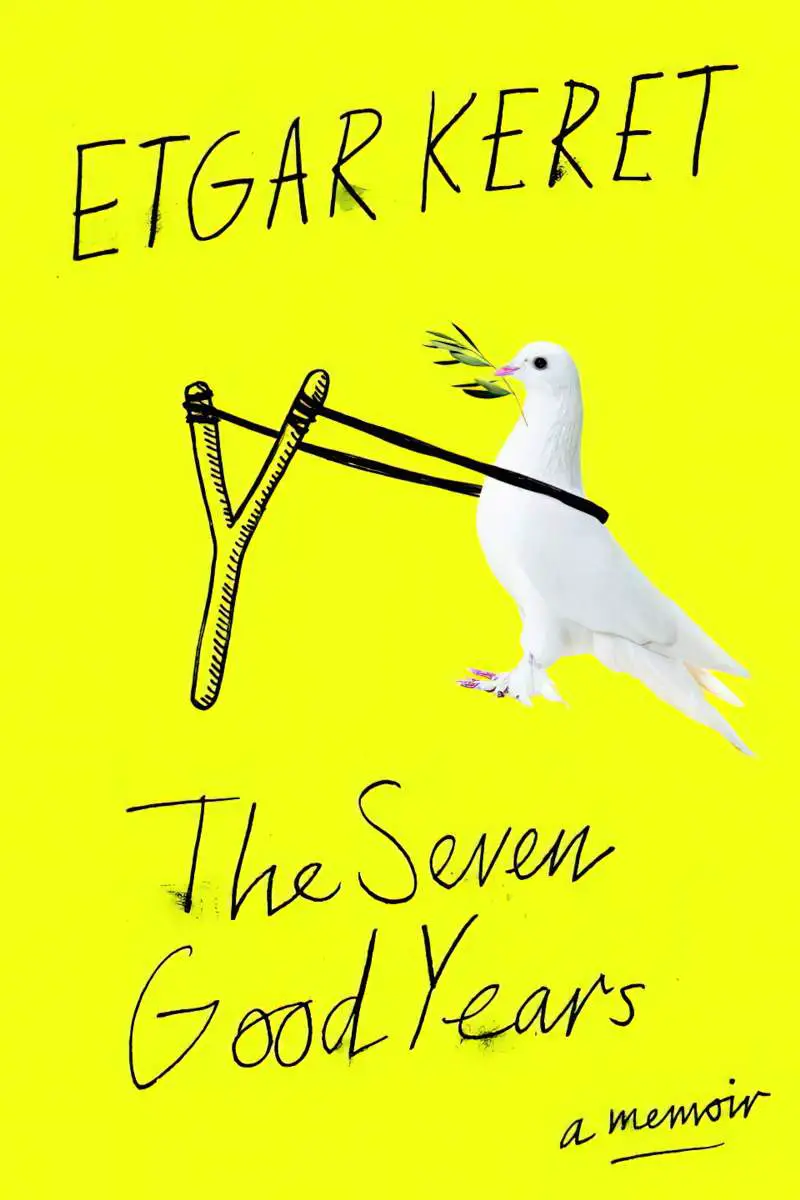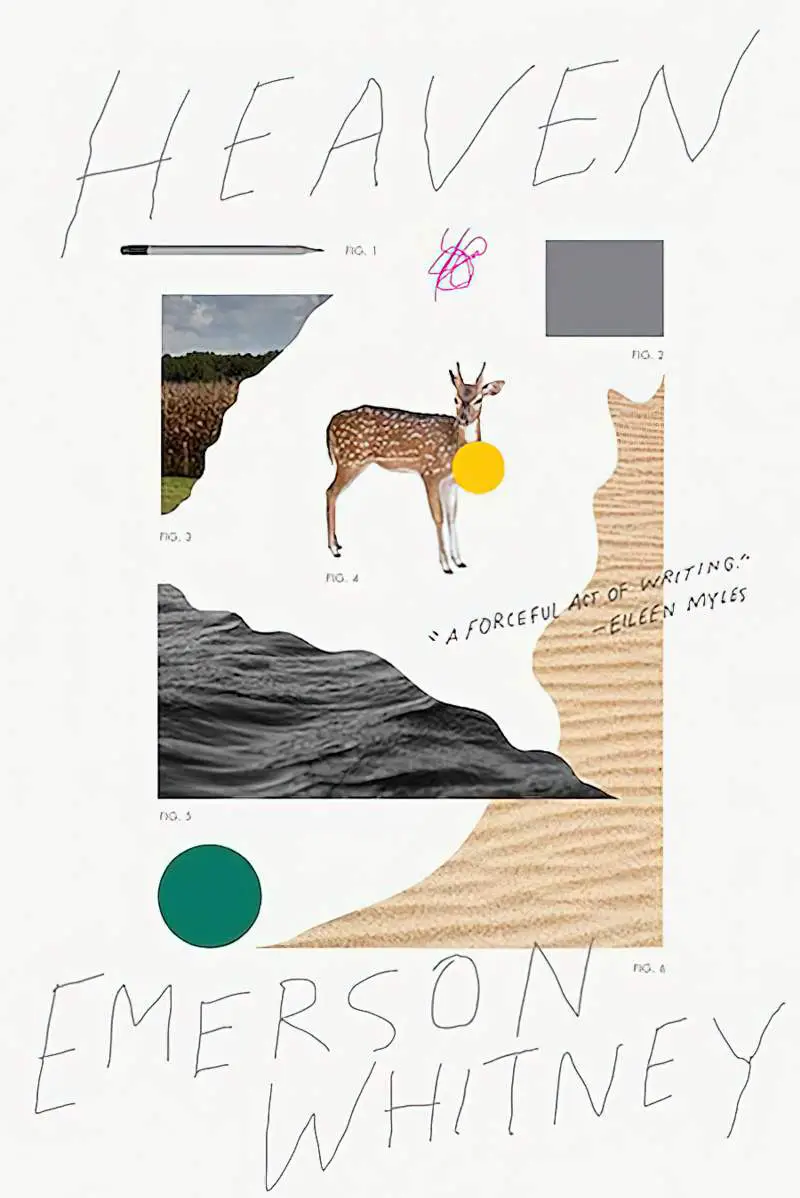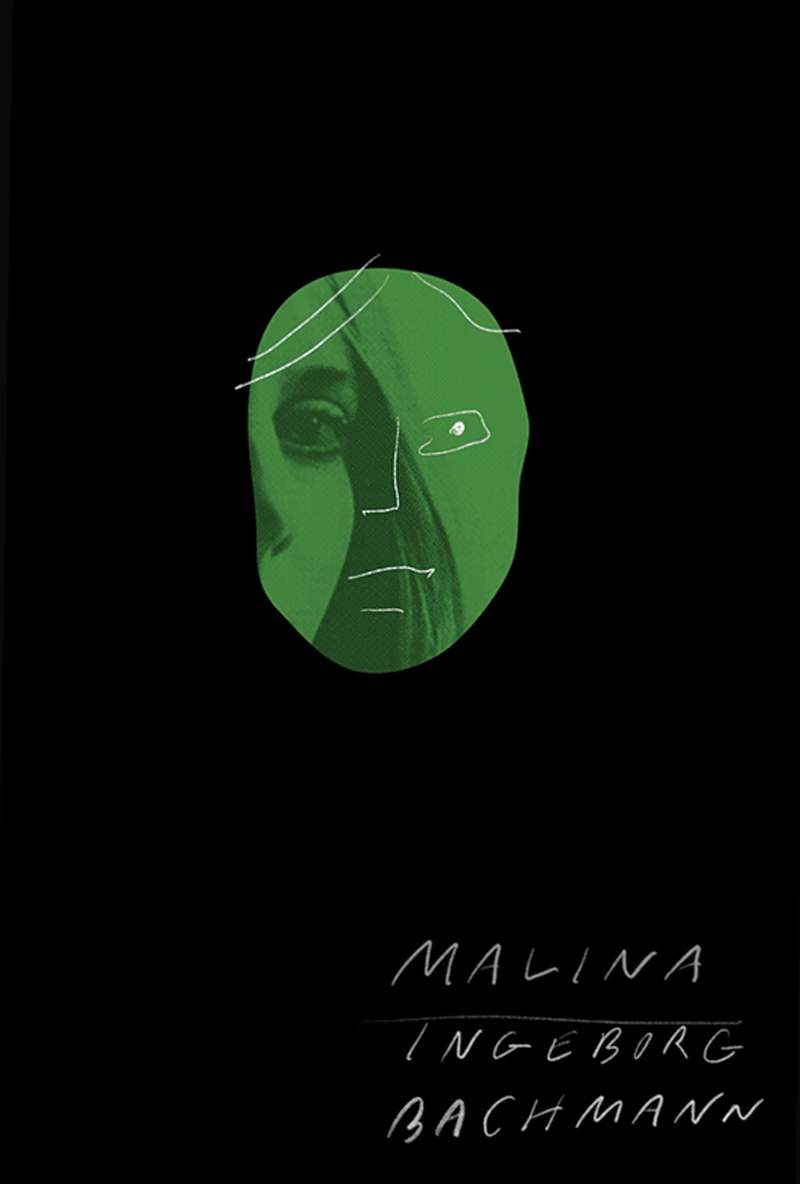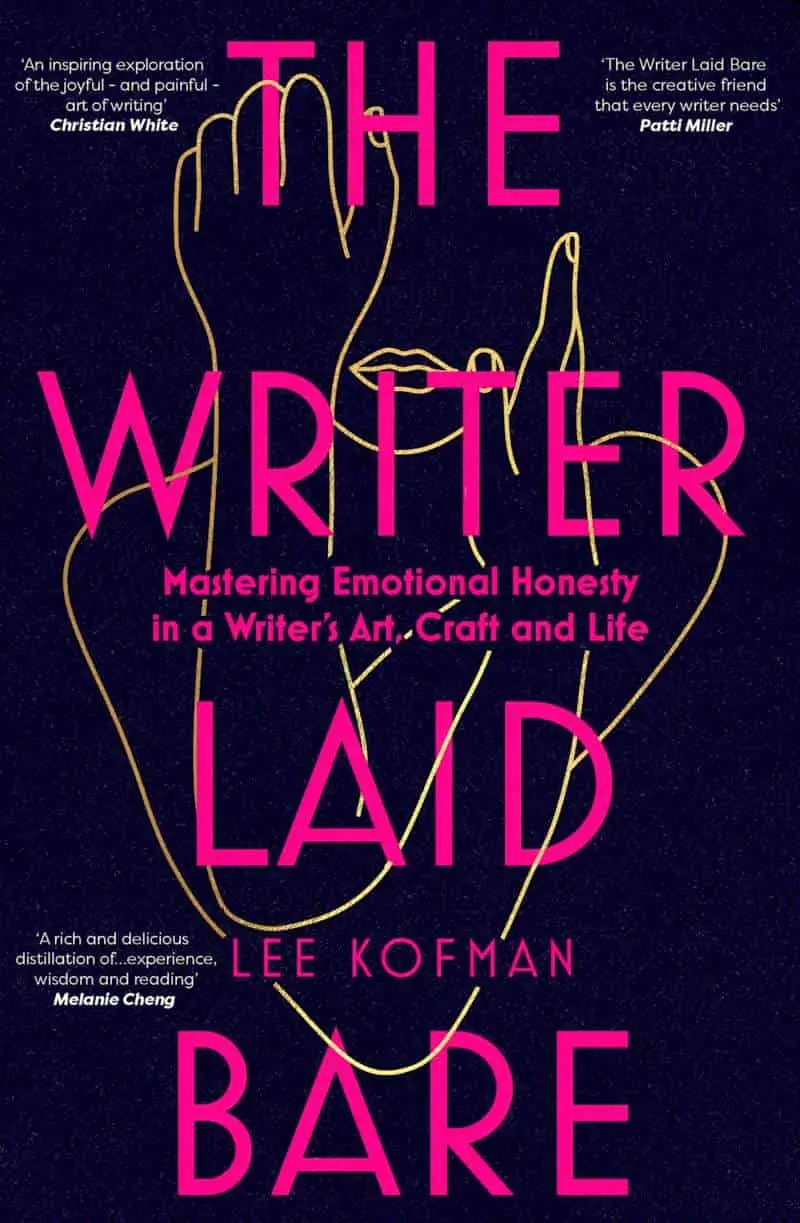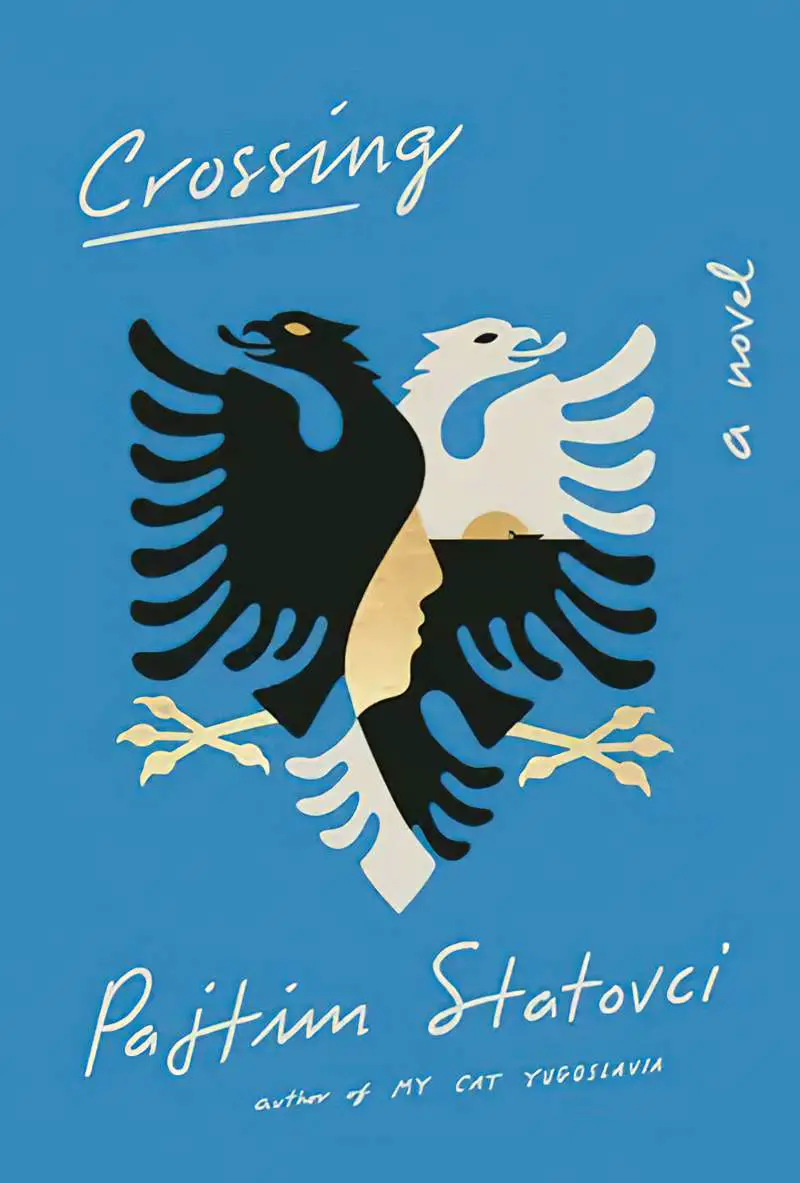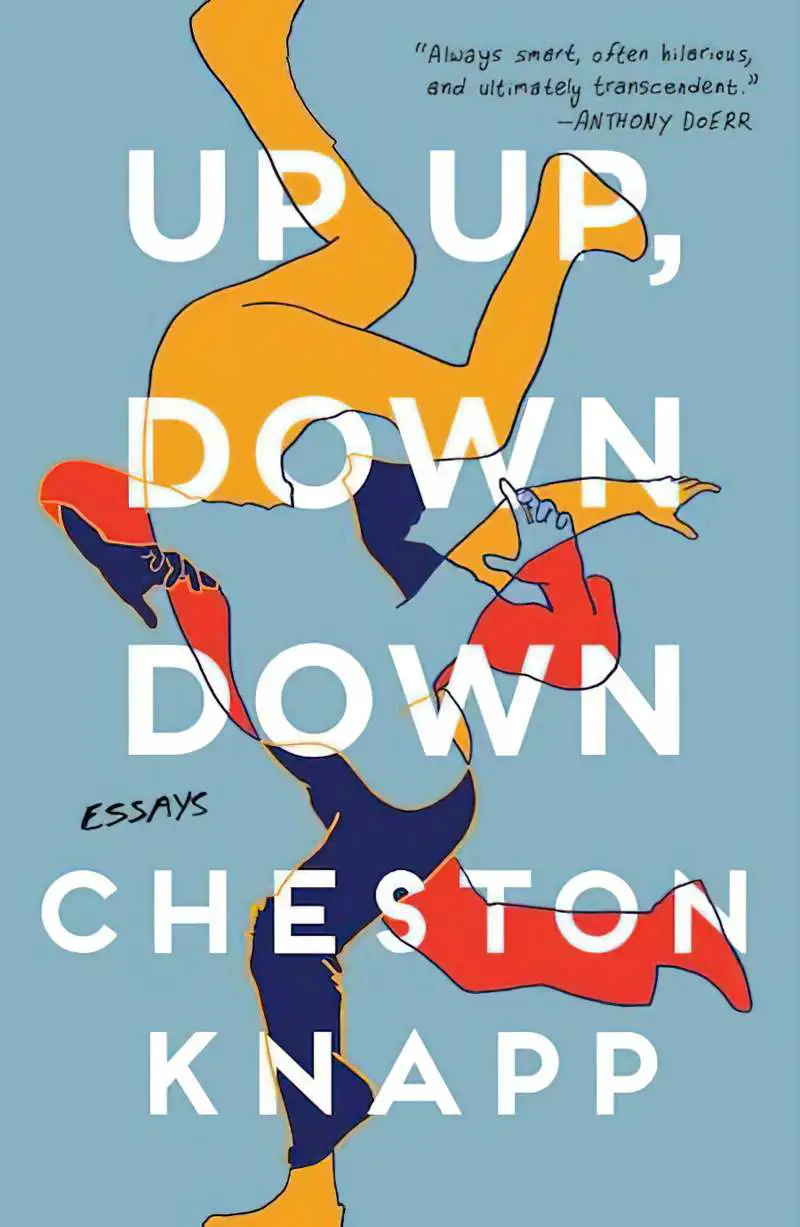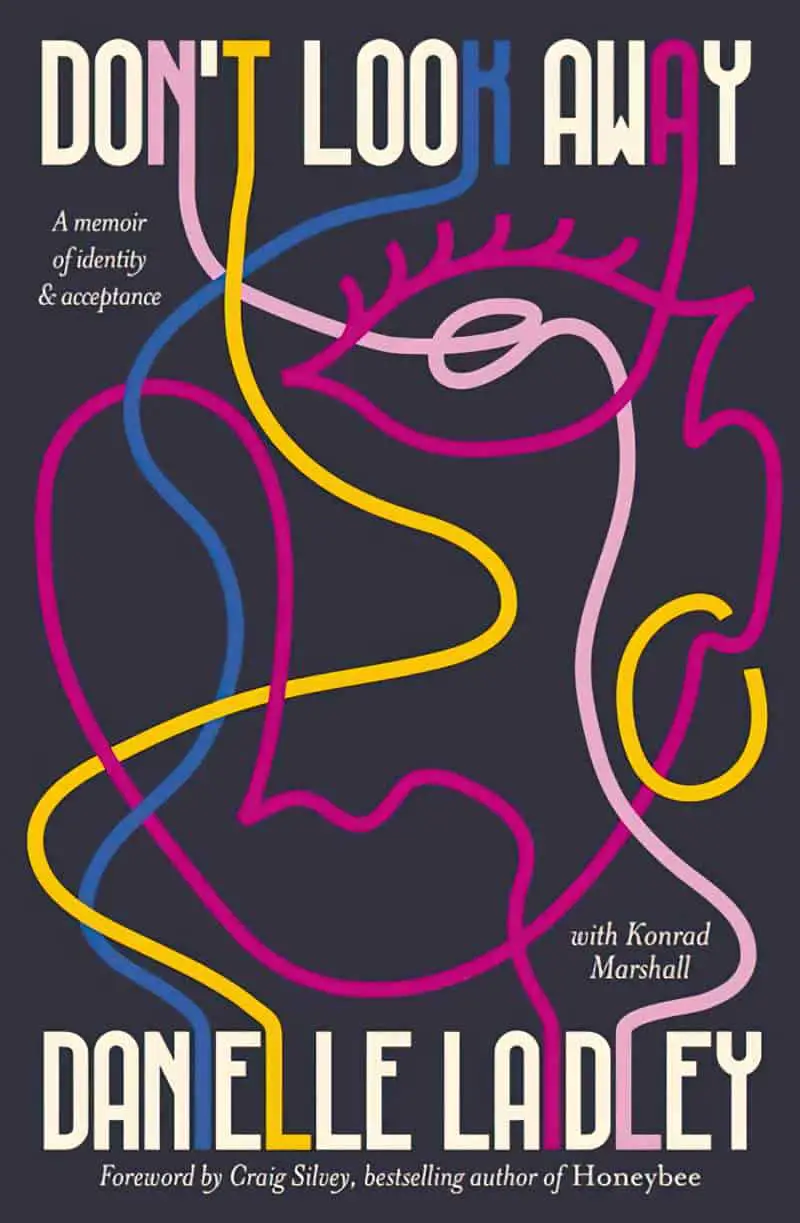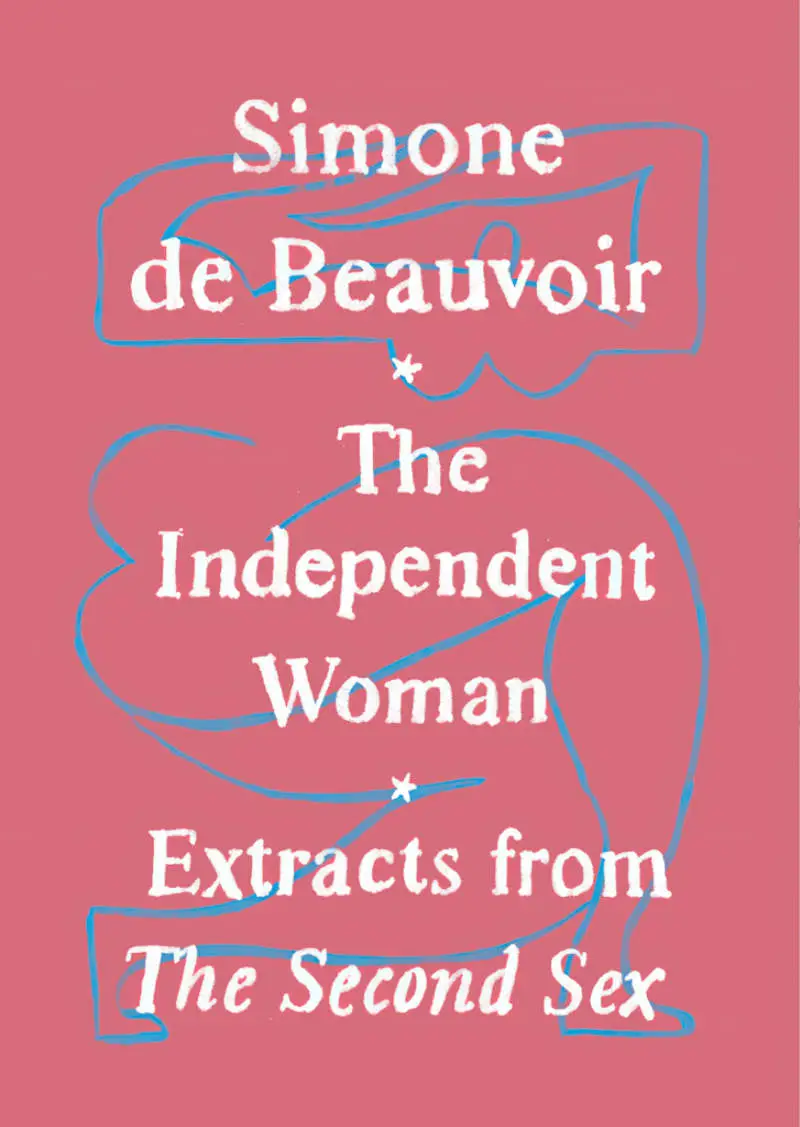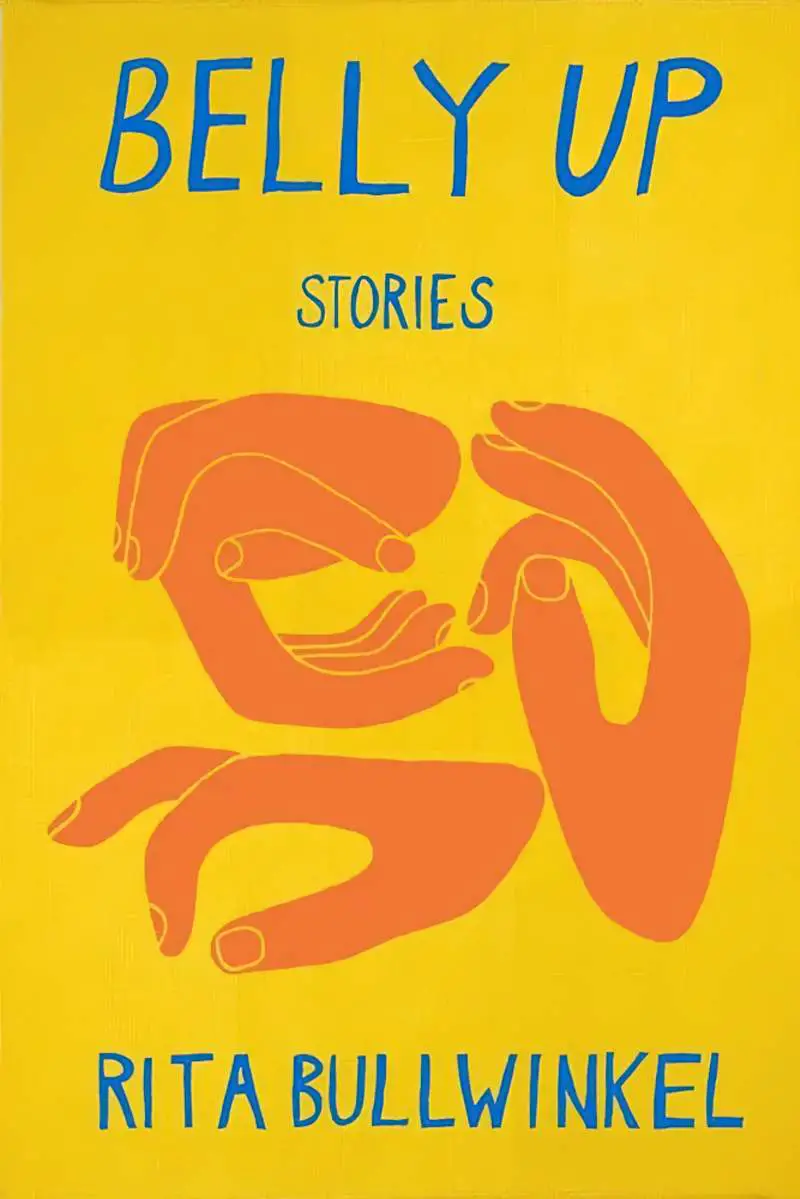The Bauhaus movement was a ground-breaking and influential art, design, and architectural movement that emerged in Germany in the early 20th century, particularly in the years following World War I.
Founded in 1919 by architect Walter Gropius, the Bauhaus school aimed to bring together fine art and functional design, emphasizing a fusion of creativity and craftsmanship.
THE MEANING OF BAUHAUS
The term “Bauhaus” translates to “Building House” or “School of Building,” reflecting its focus on the integration of art, craft, and technology in the design and construction of functional objects and buildings.
Key characteristics and principles of the Bauhaus movement
- Functionality: Bauhaus artists and designers believed that the form of an object should follow its function. They sought to create practical and efficient designs for everyday objects and architecture.
- Minimalism: The Bauhaus style often featured clean lines, geometric shapes, and a minimalistic approach to decoration. Simplicity and clarity were prioritized over ornate and unnecessary embellishments.
- Unity of Art and Technology: The movement aimed to bridge the gap between fine arts and craftsmanship, merging artistic creativity with industrial and technological innovations.
- Emphasis on Materials: Bauhaus designers valued the inherent qualities of materials and sought to showcase them in their creations. This approach often led to the use of new materials like steel, glass, and concrete.
- Geometric Forms: Bauhaus design frequently utilized geometric shapes such as squares, circles, and triangles to create balanced and harmonious compositions.
- Rationalism: The movement embraced rationalism in design, emphasizing logical and practical solutions to design problems.
- Interdisciplinary Education: The Bauhaus school offered a holistic education that combined art, craft, and technology. It encouraged collaboration among students from various disciplines.
- Experimentation: Bauhaus artists and designers were encouraged to experiment with new techniques and materials, pushing the boundaries of design and artistic expression.
Notable figures associated with the Bauhaus movement include
- Walter Gropius
- Wassily Kandinsky
- Paul Klee
- Lyonel Feininger
- Marcel Breuer
- Ludwig Mies van der Rohe
Although the original Bauhaus school was active for only a short period (1919-1933), its legacy lives on.
A picture paints a thousand words, so let’s take a look at two book covers literally about the Bauhaus movement.
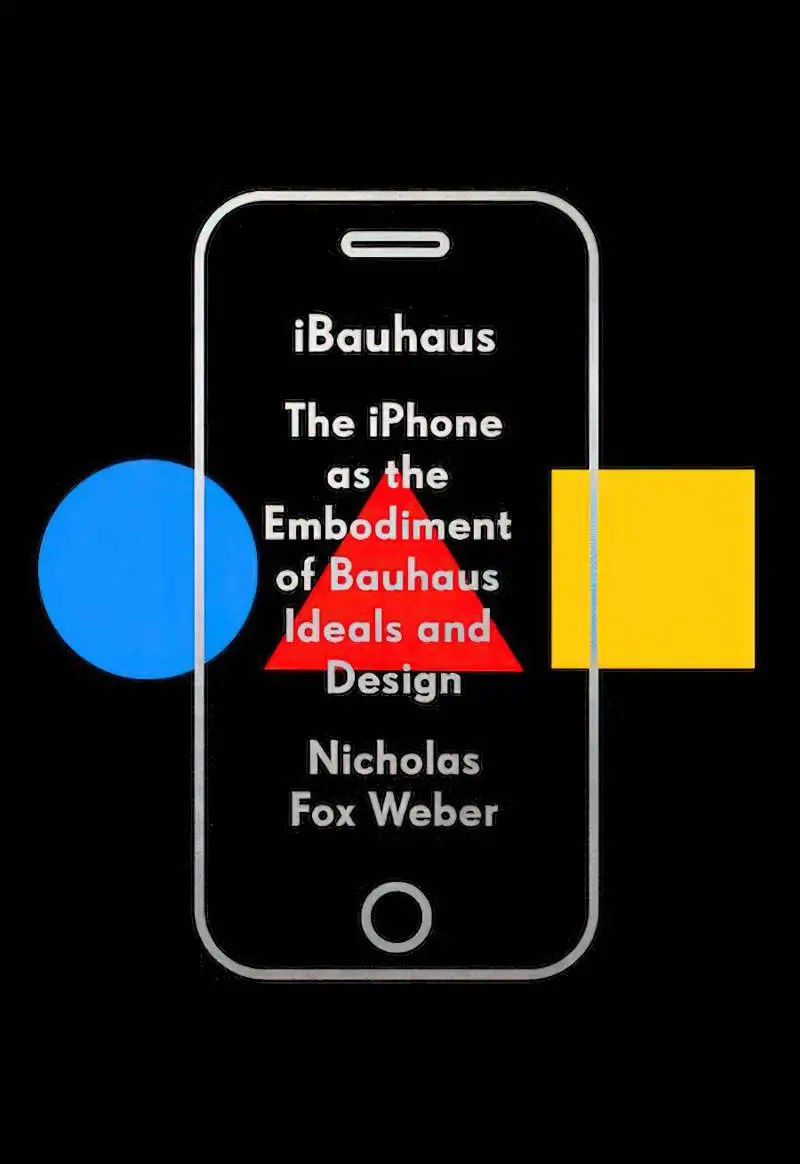
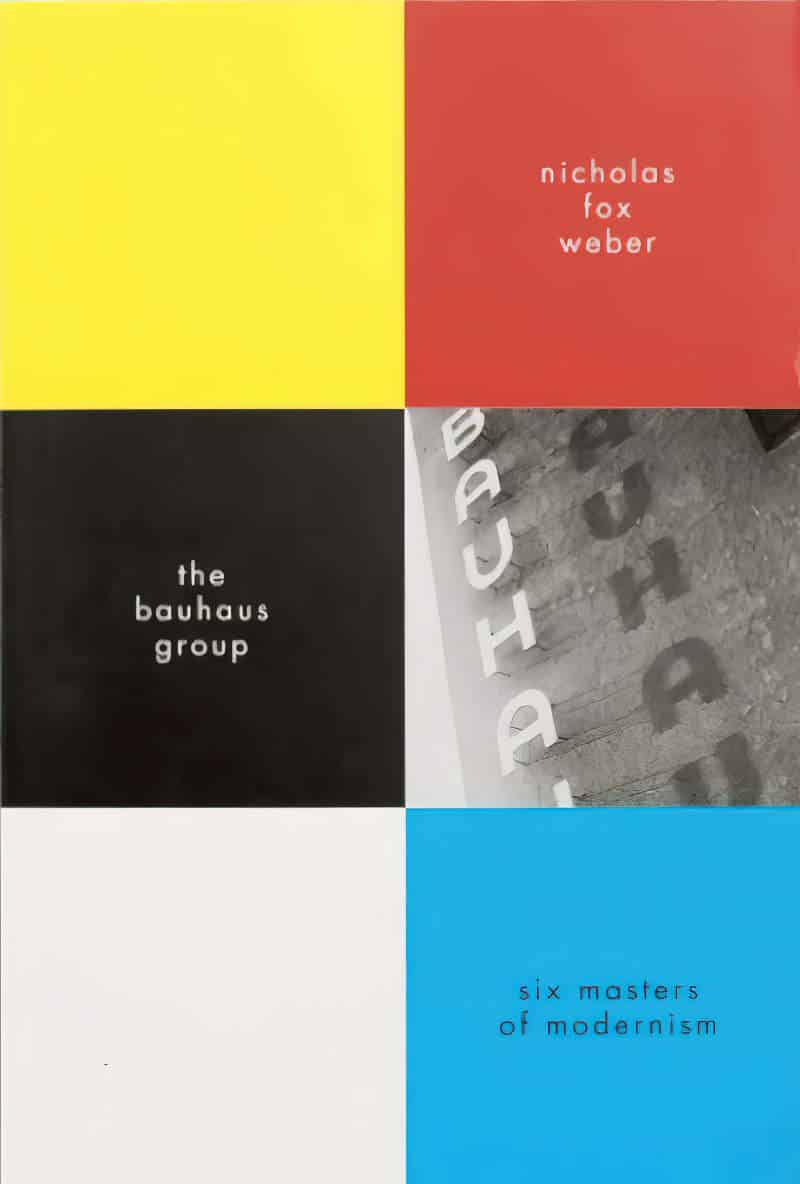
Further examples of bauhaus graphic design
Bauhaus graphic design, like other aspects of the Bauhaus movement, is characterized by several distinctive features that set it apart from other design styles of its time. These characteristics include:
- Minimalism: Bauhaus graphic design is known for its minimalistic and reductionist approach. Designers aimed to convey information and ideas with clarity and simplicity, stripping away unnecessary ornamentation. This often involved the use of clean lines, geometric shapes, and a limited color palette.
- Grid Systems: Bauhaus designers pioneered the use of grid systems in graphic design. Grids provided a structured framework for organizing text and images on a page, enhancing readability and visual coherence.
- Asymmetry: While symmetry was common in traditional graphic design, the Bauhaus embraced asymmetry as a way to create dynamic and visually interesting compositions. Asymmetrical layouts and arrangements of elements were used to draw attention and create visual tension.
- Sans-Serif Typography: The Bauhaus played a significant role in popularizing sans-serif typefaces, such as Futura and Bauhaus-Dessau, in graphic design. Sans-serif fonts were seen as more modern and in line with the movement’s functional and rationalist principles.
- Experimental Typography: Bauhaus graphic designers often experimented with typography, exploring new ways to arrange letters and characters. They sought to create expressive and innovative type treatments that could convey meaning and emotion.
- Photography and Photomontage: Bauhaus designers embraced photography as a means of visual communication. Photomontage, a technique that involves the combination of different photographic images or fragments to create a composite image, was particularly popular. This allowed for the exploration of new visual narratives and the juxtaposition of contrasting elements.
- Limited Colour Palette: When colour was employed, it was often used strategically to convey specific messages or emotions.
- Experimentation and Innovation: Bauhaus graphic designers were encouraged to experiment with new materials, techniques, and technologies. This spirit of innovation led to the development of novel design approaches and the incorporation of industrial and mass-production methods.
- Integration of Art and Design: Bauhaus graphic design aimed to bridge the gap between fine art and commercial design. This integration of artistic principles and craftsmanship was a central tenet of the movement.
- Functionality: Above all, Bauhaus graphic design prioritized the functional aspect of design. Information had to be conveyed clearly and effectively, and the design itself had to serve a practical purpose.
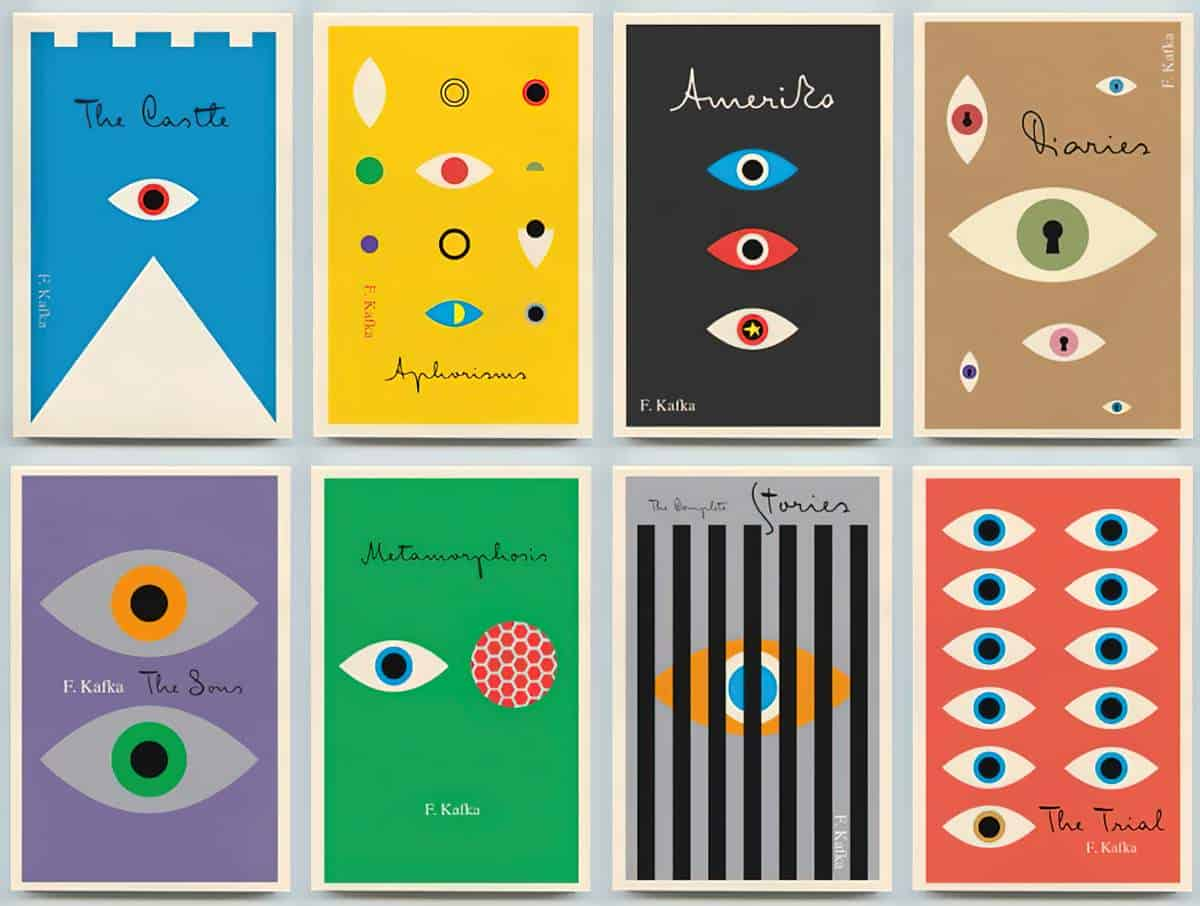
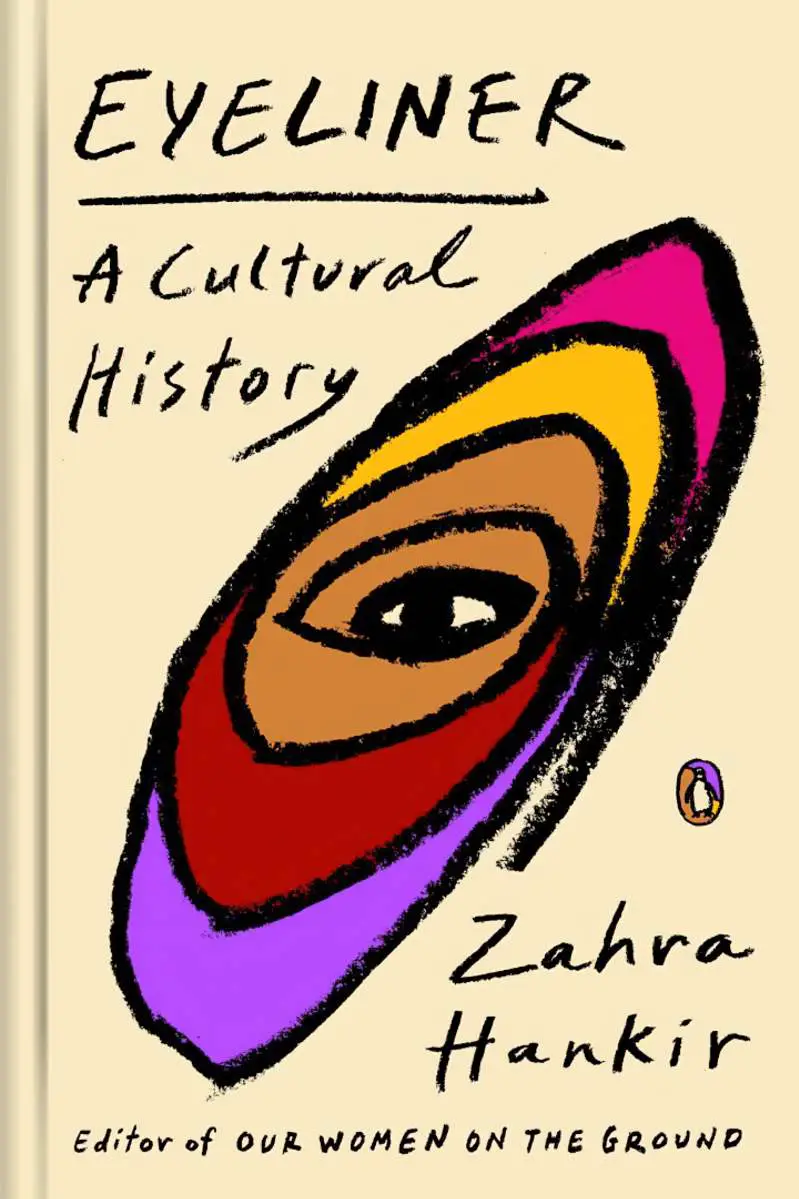

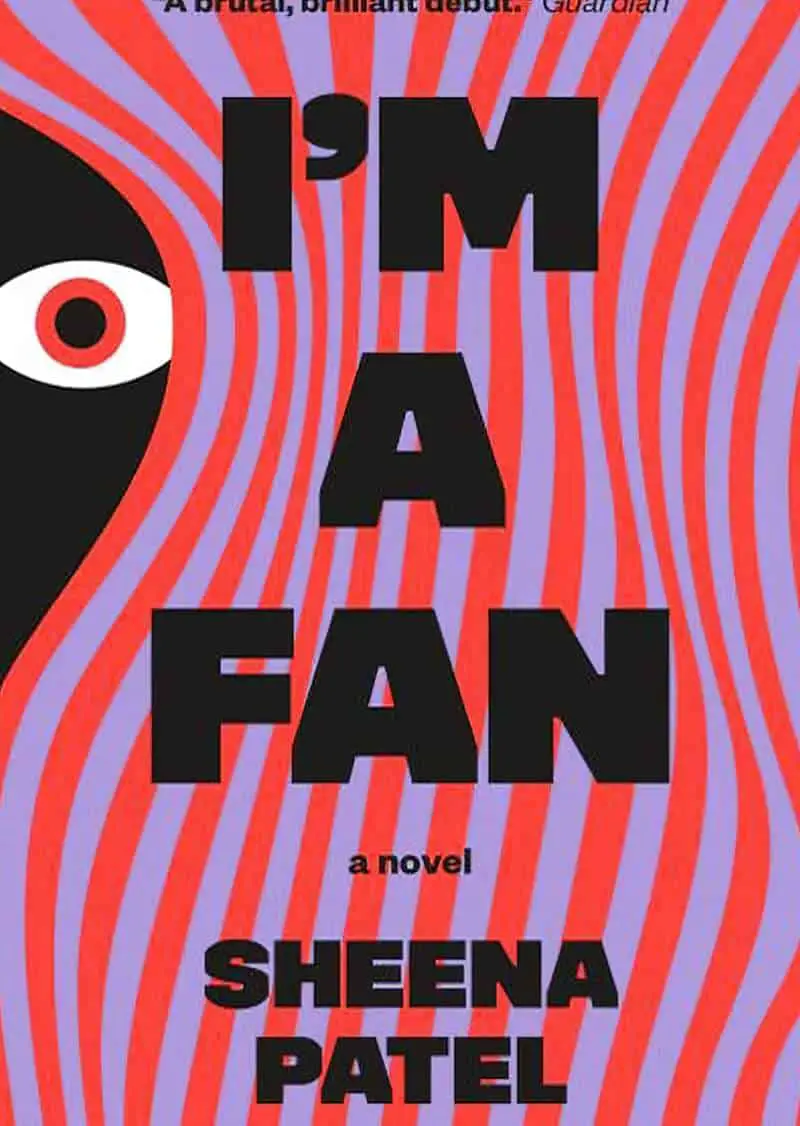
Notable Bauhaus graphic designers
- Herbert Bayer
- László Moholy-Nagy
- Joost Schmidt
Even in the digital age, Bauhaus graphic design is all about:
- clarity
- simplicity
- experimentation
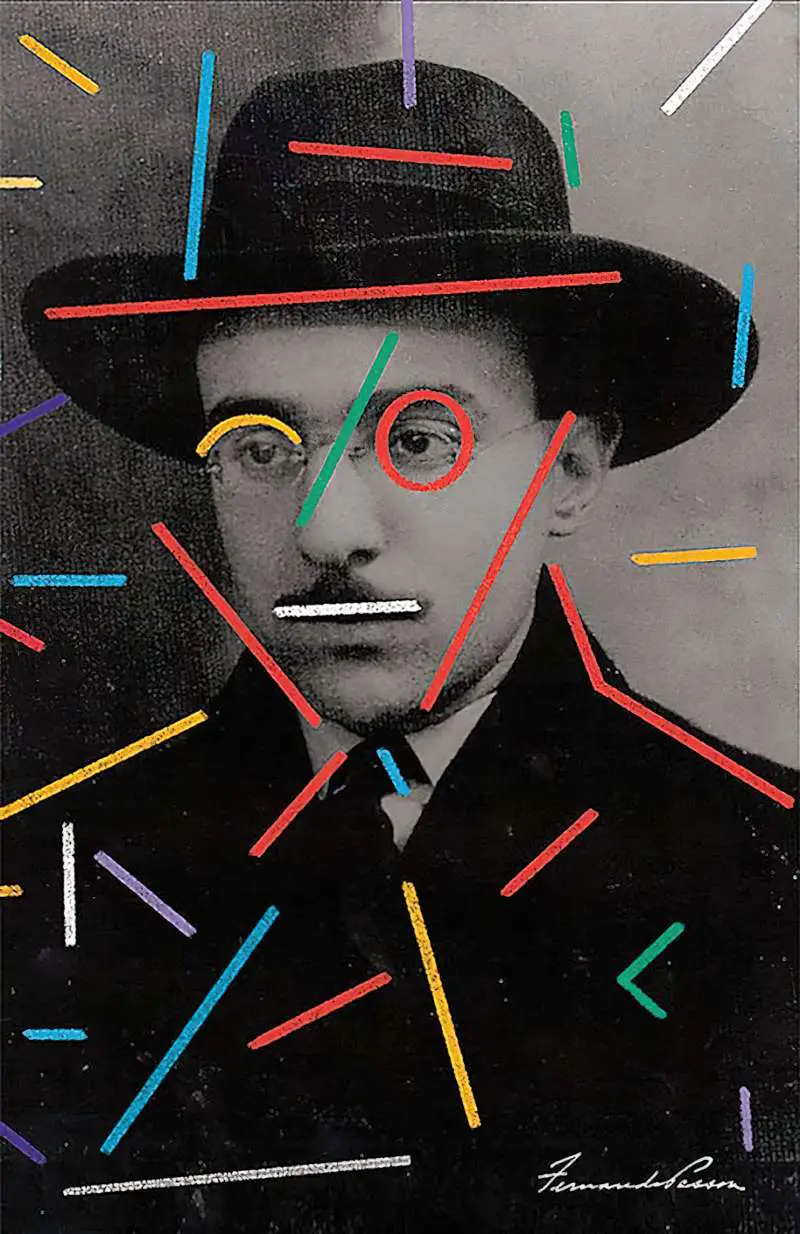
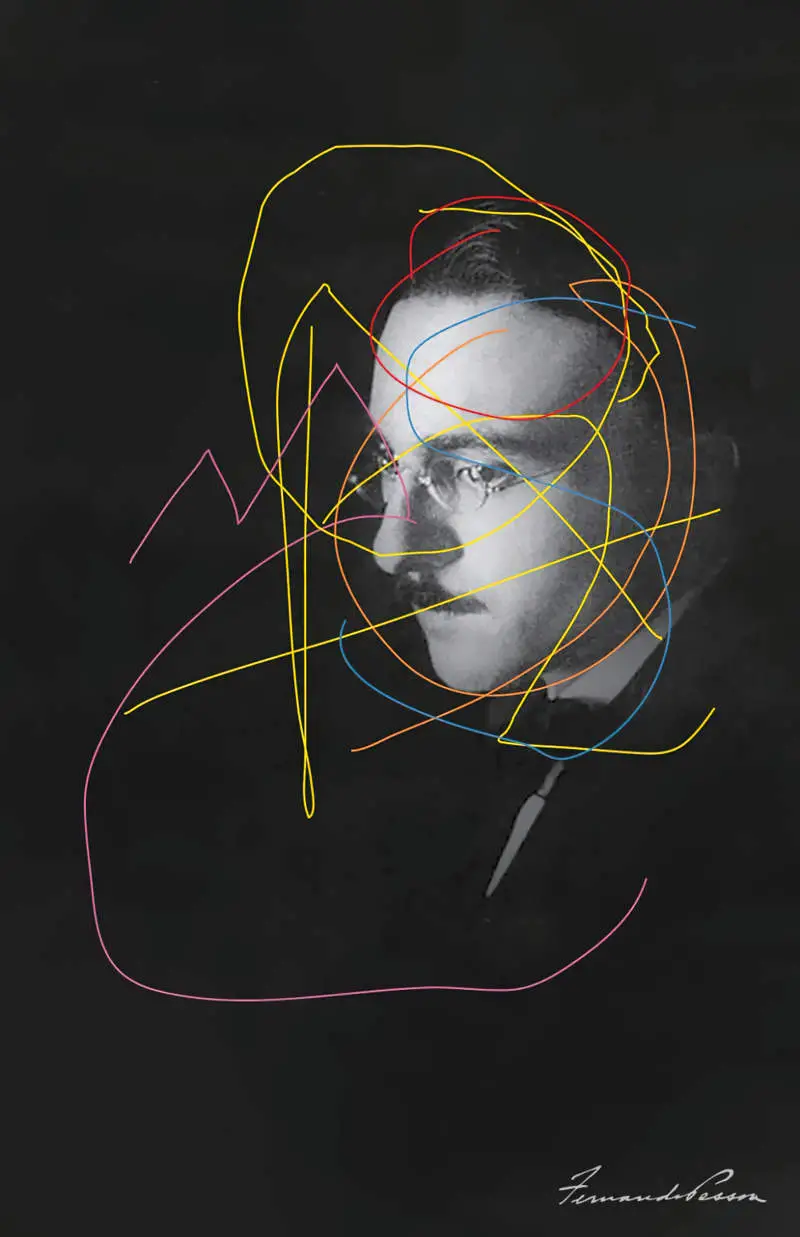
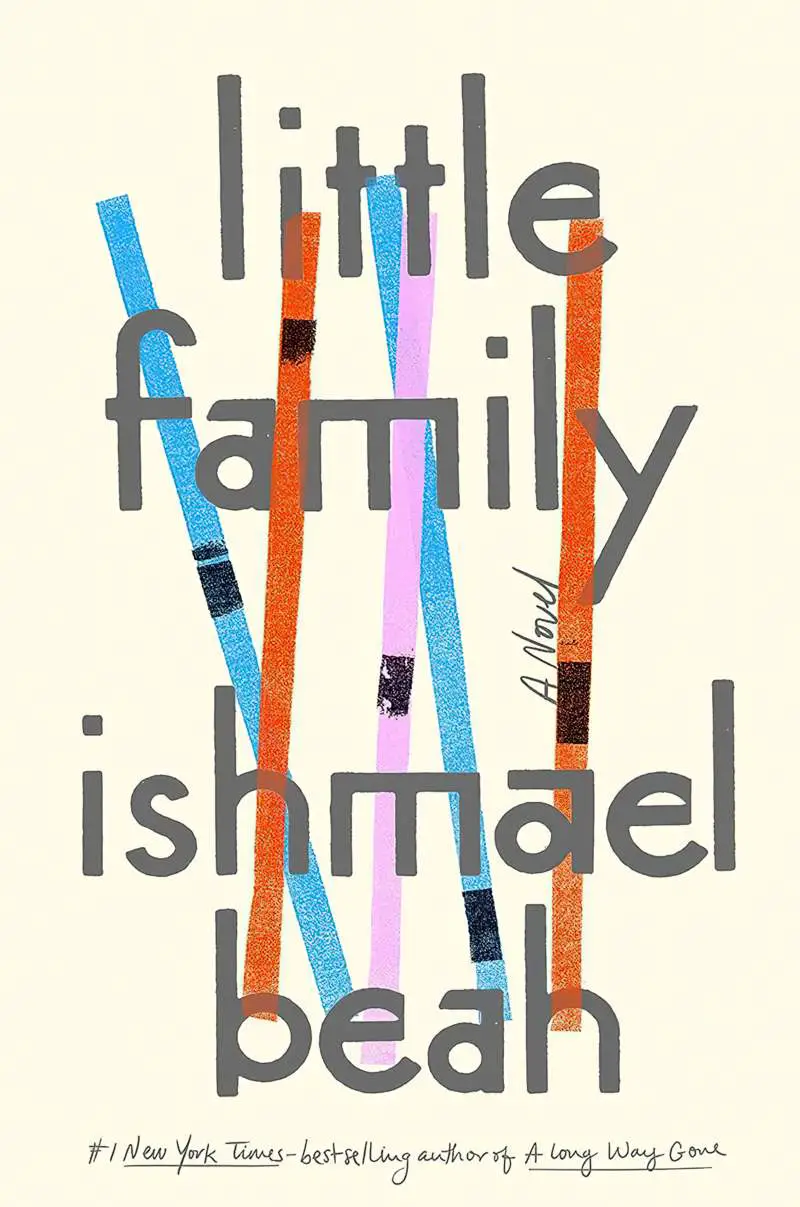
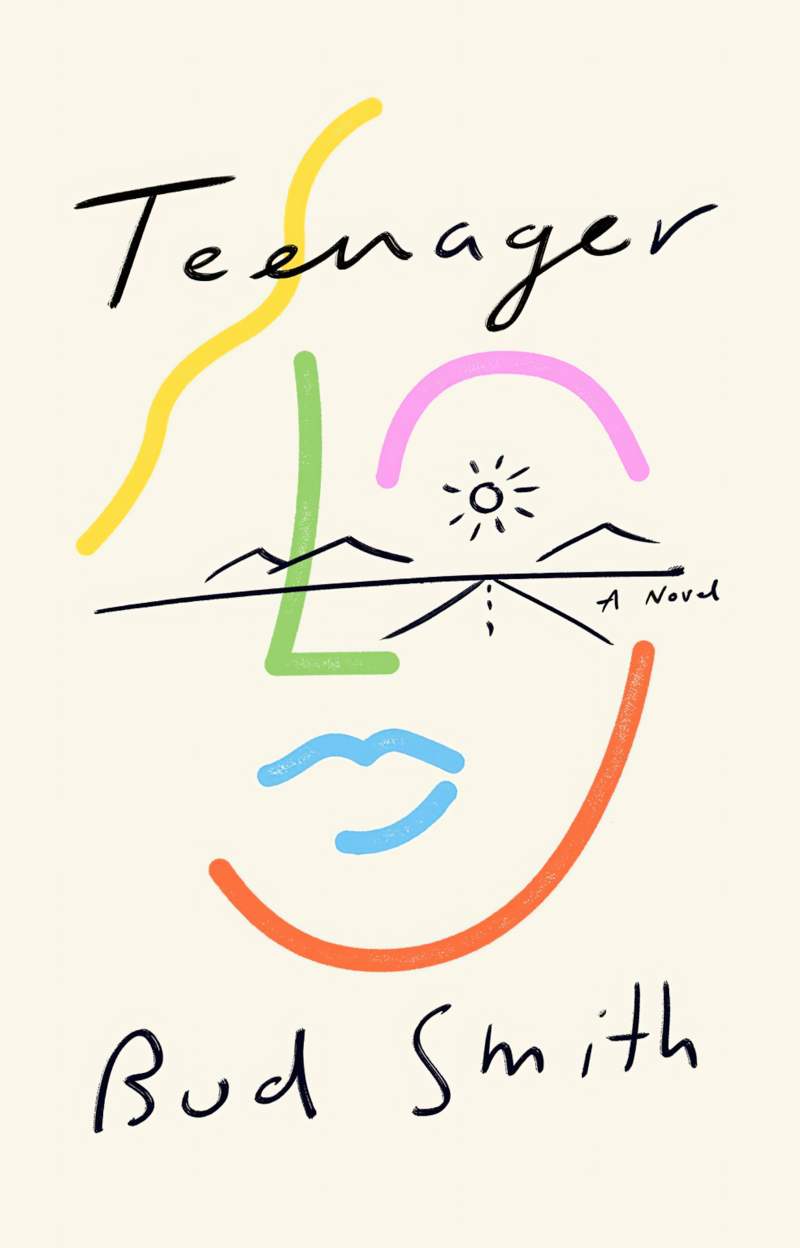
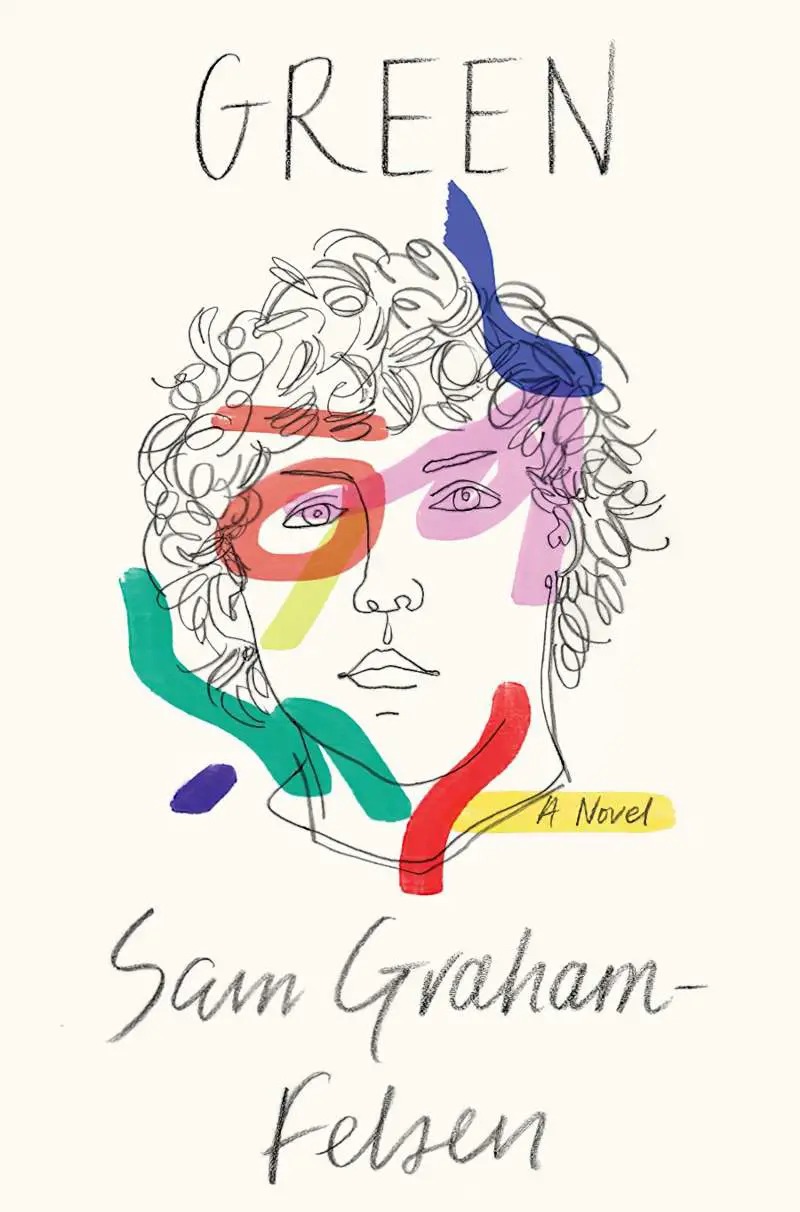
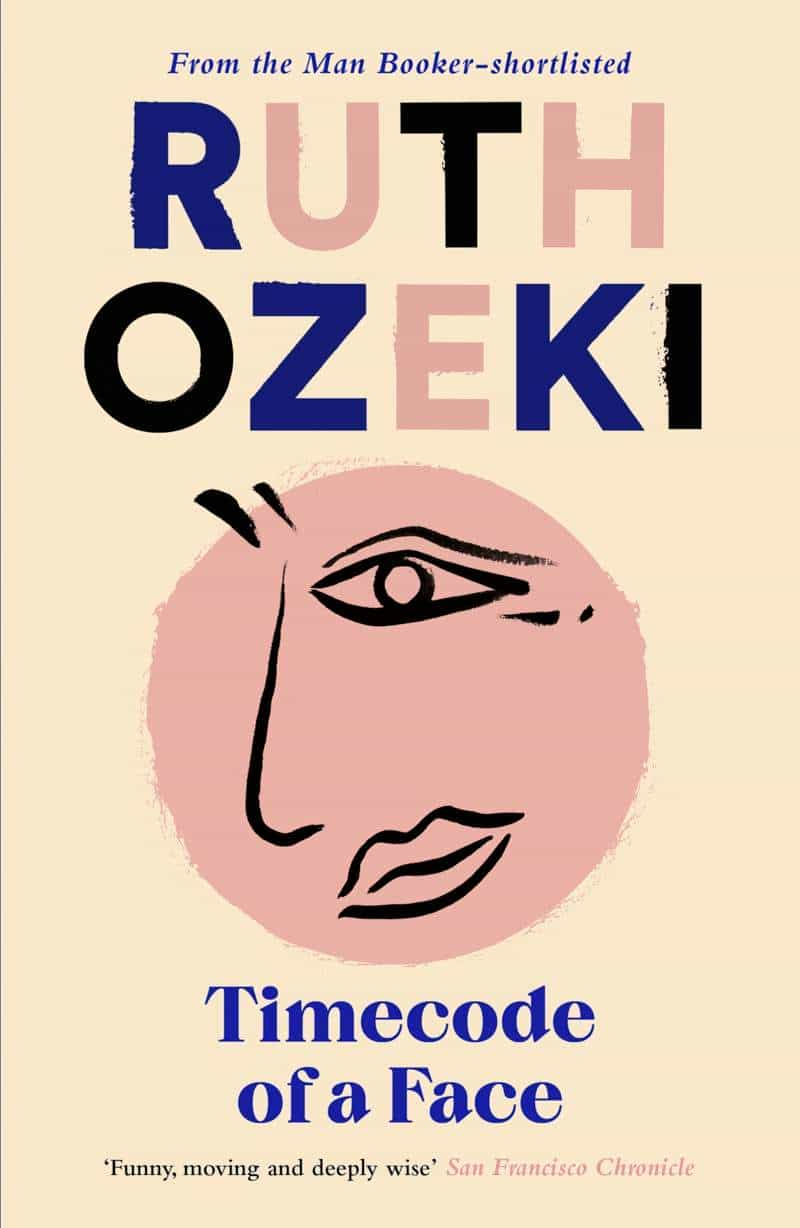

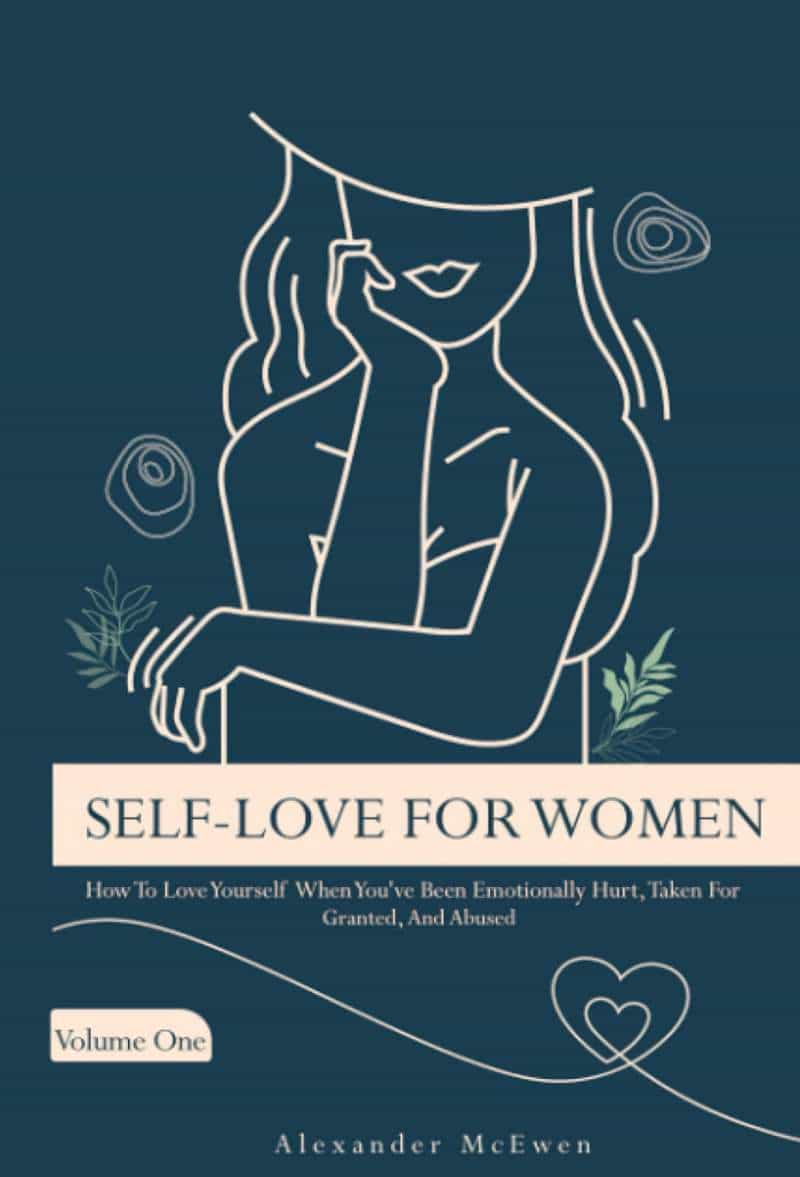
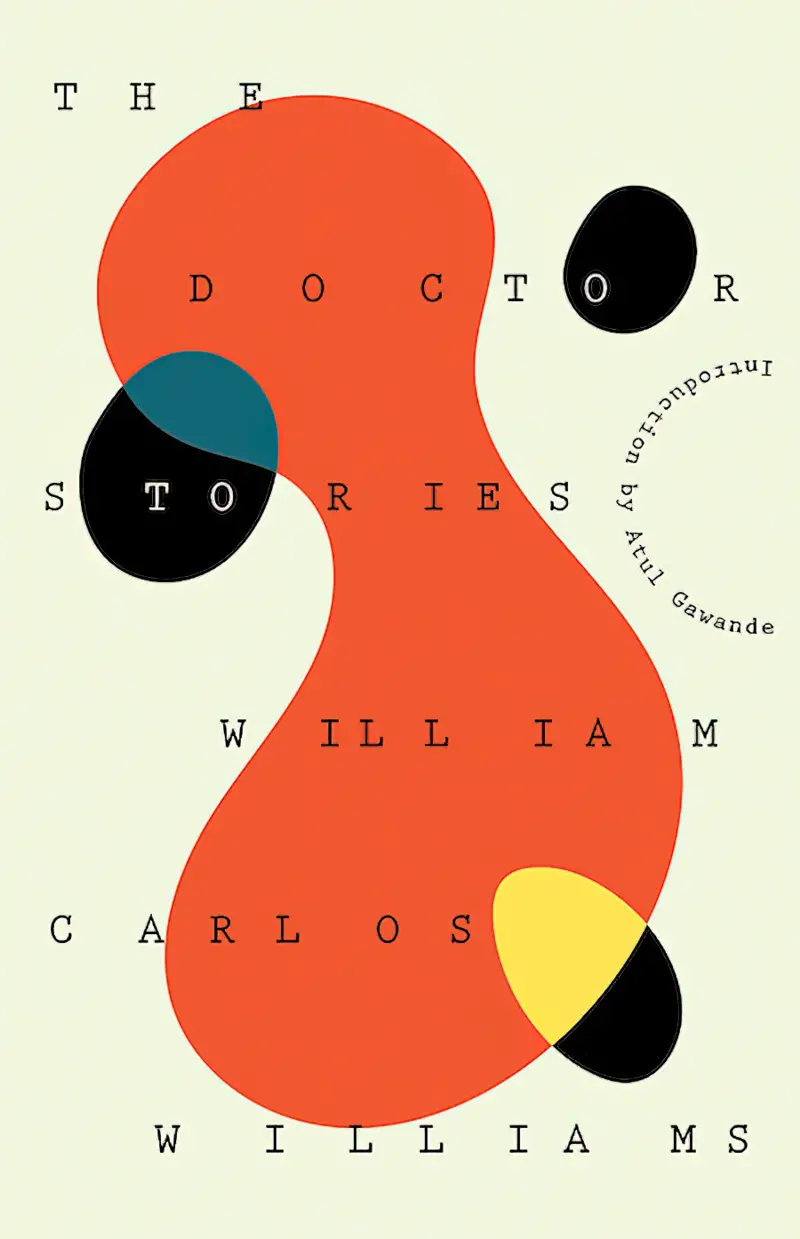
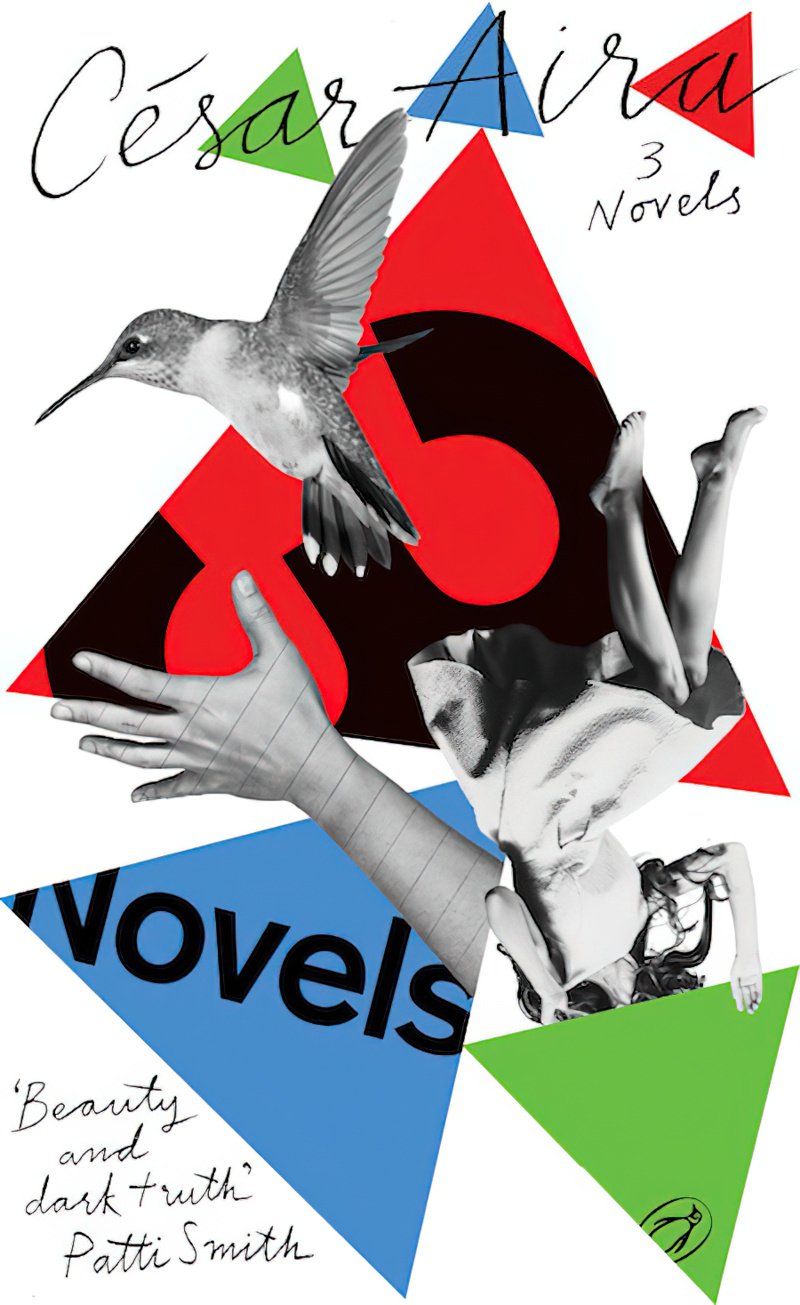
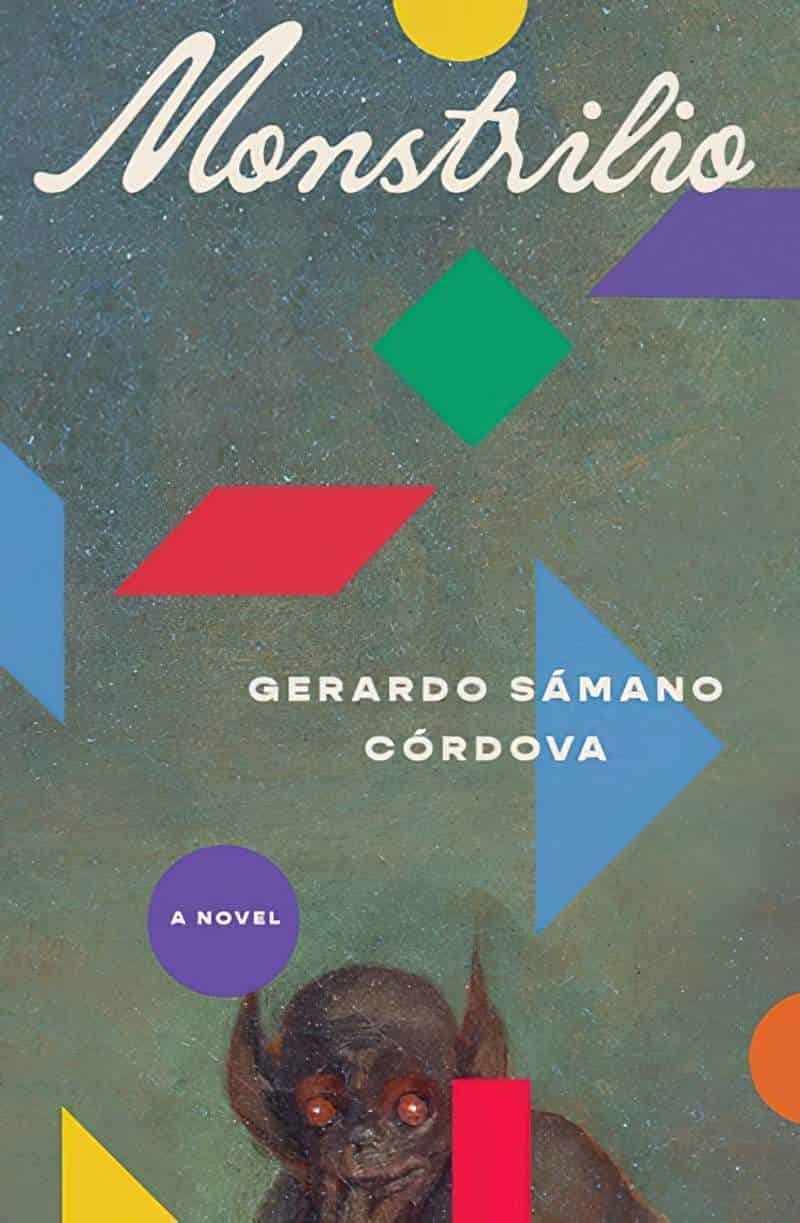
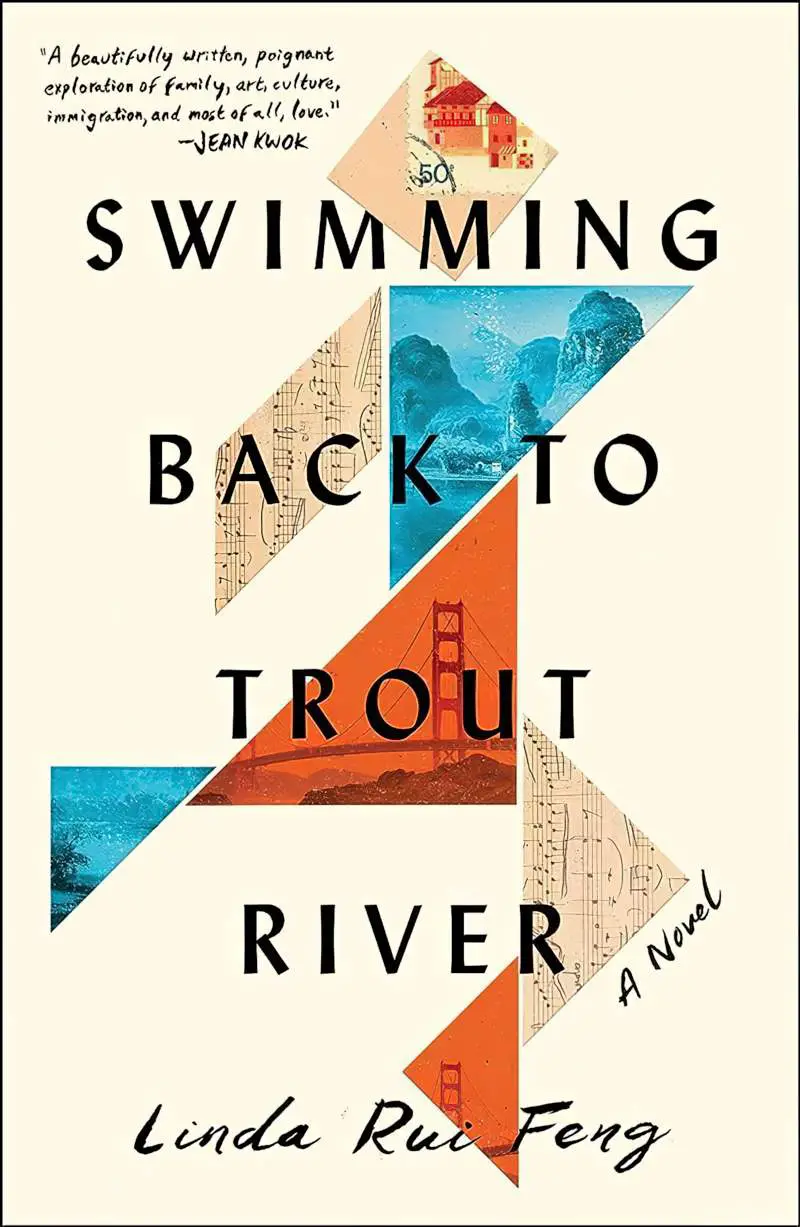
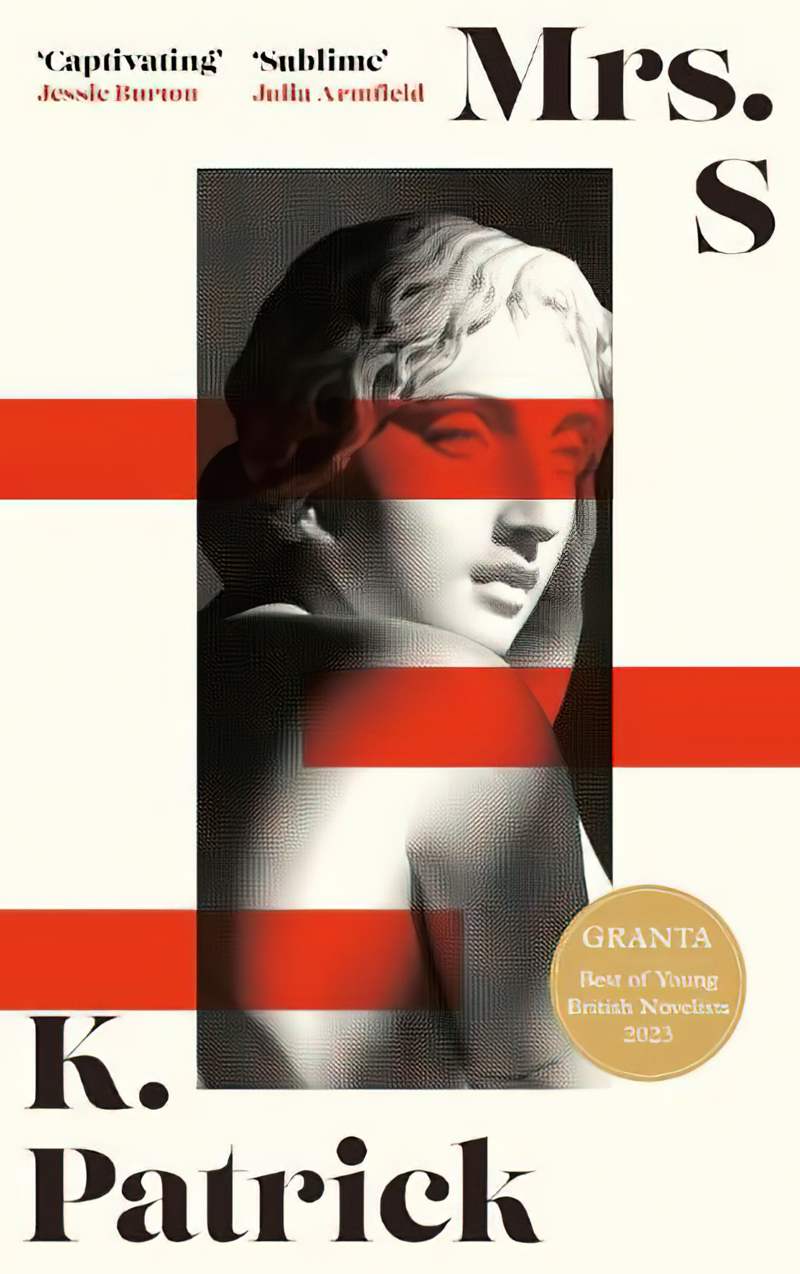
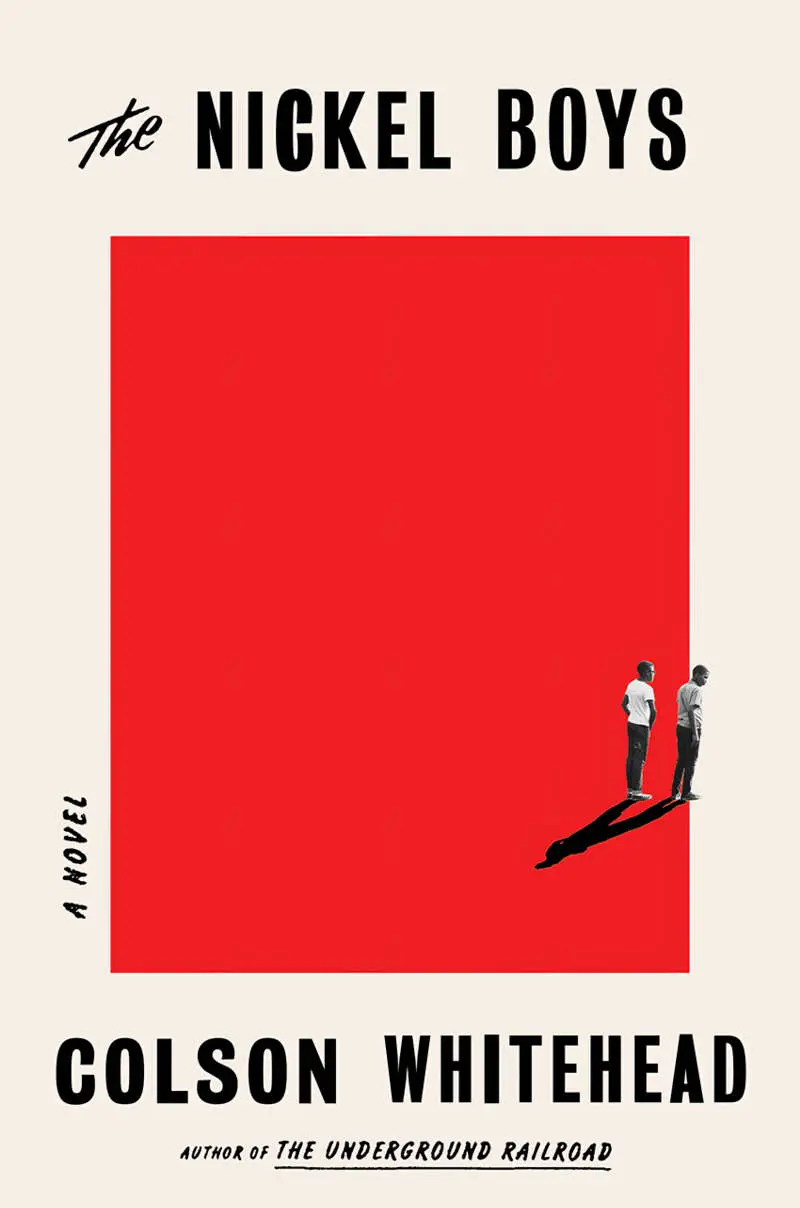

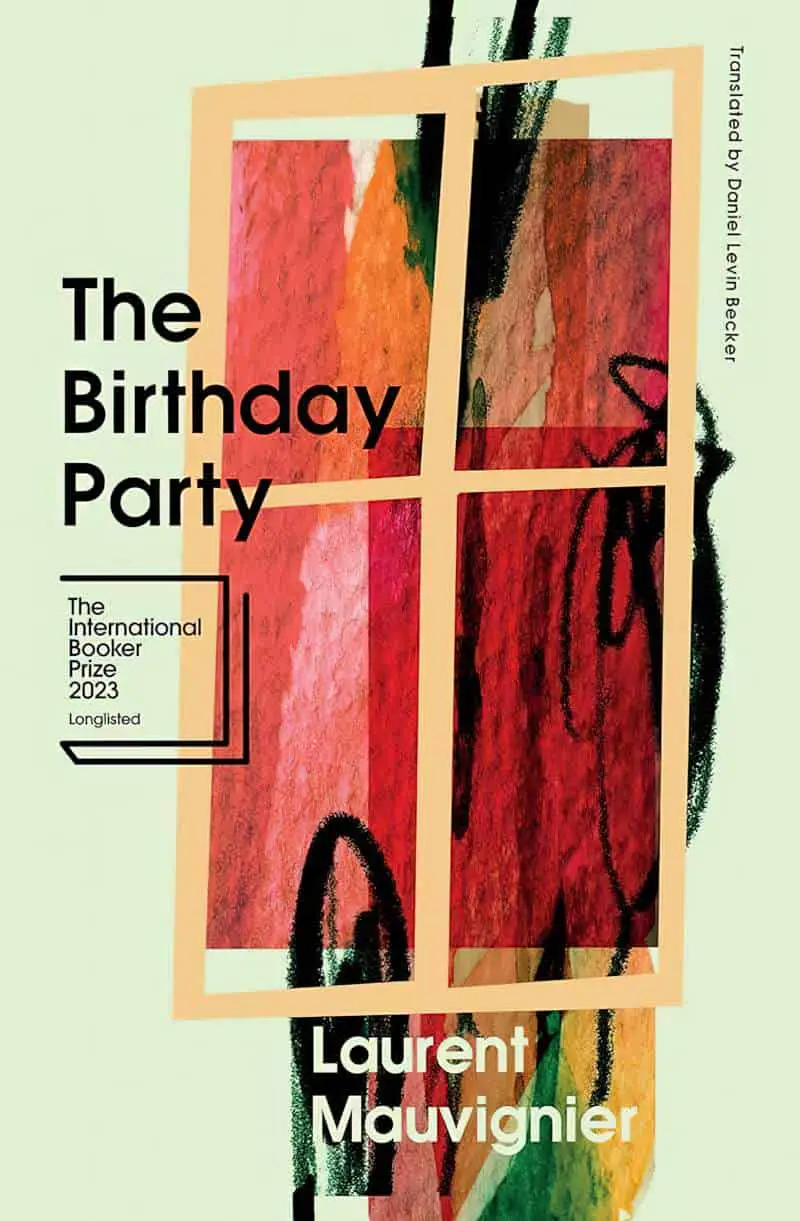
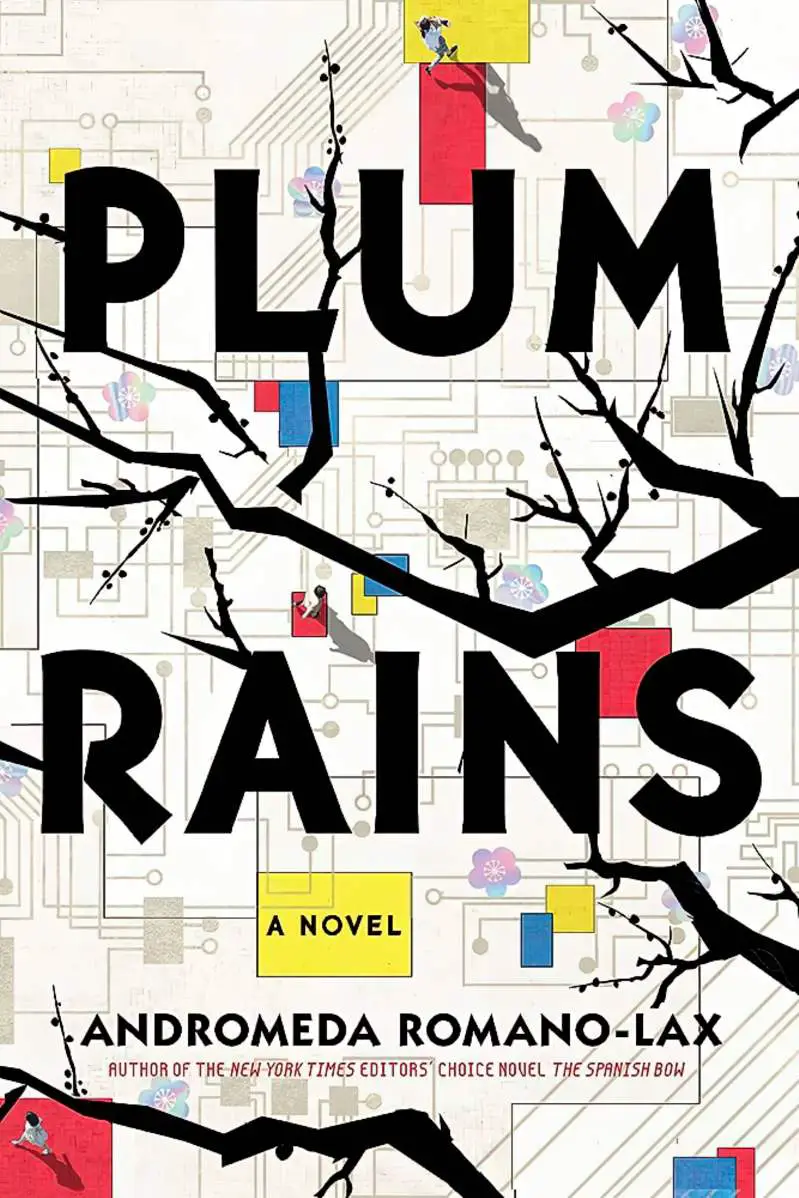
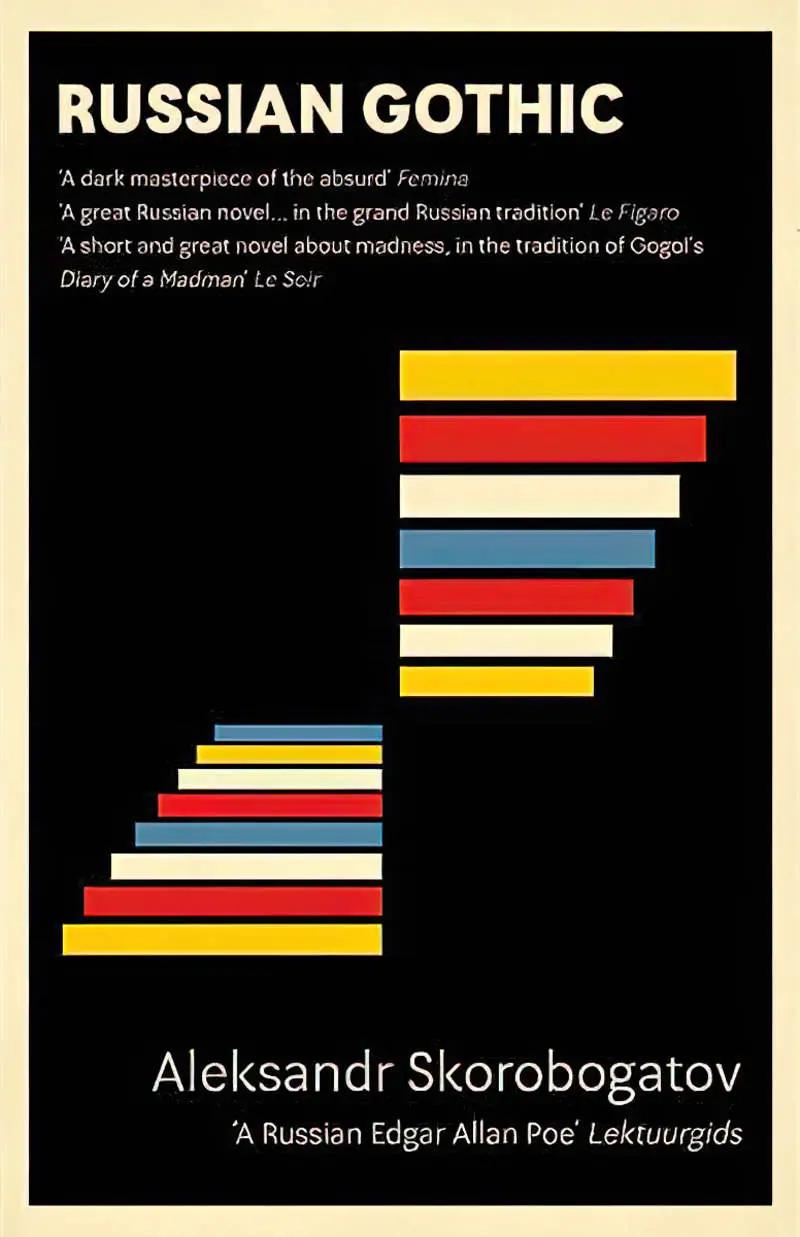
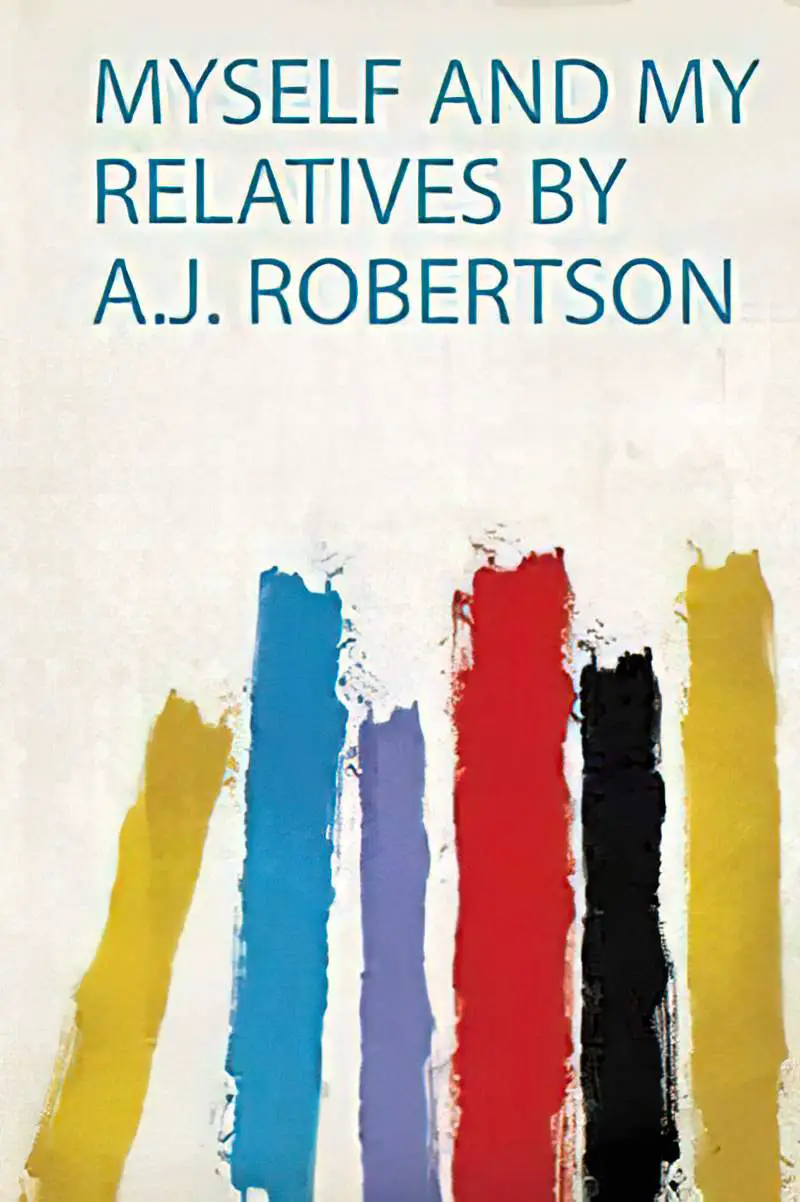


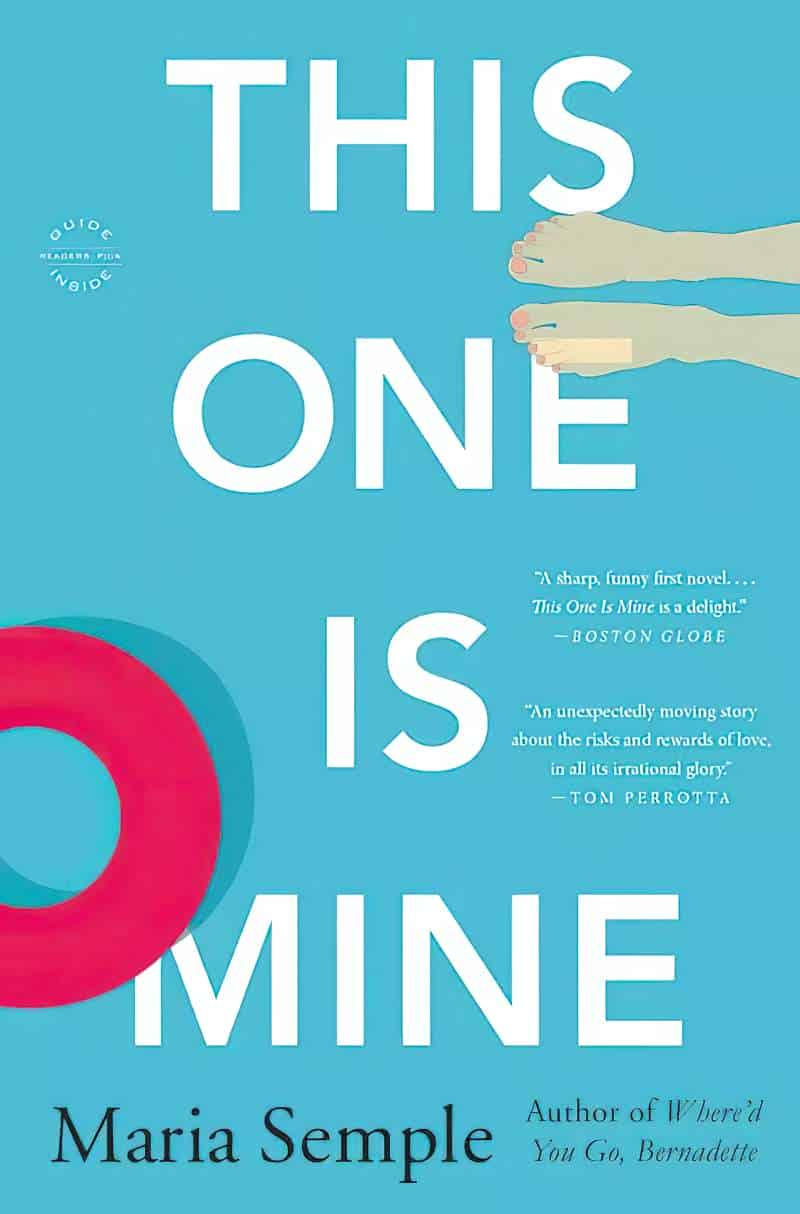
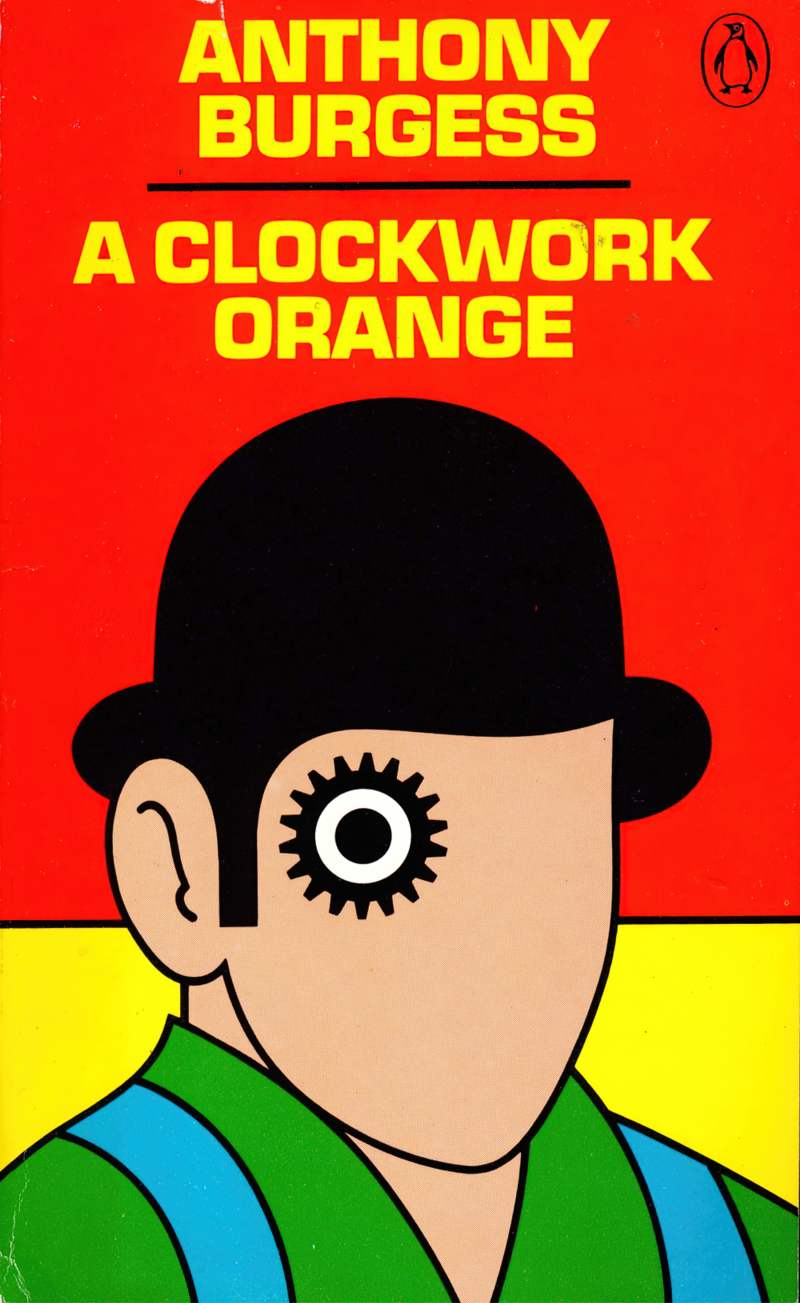
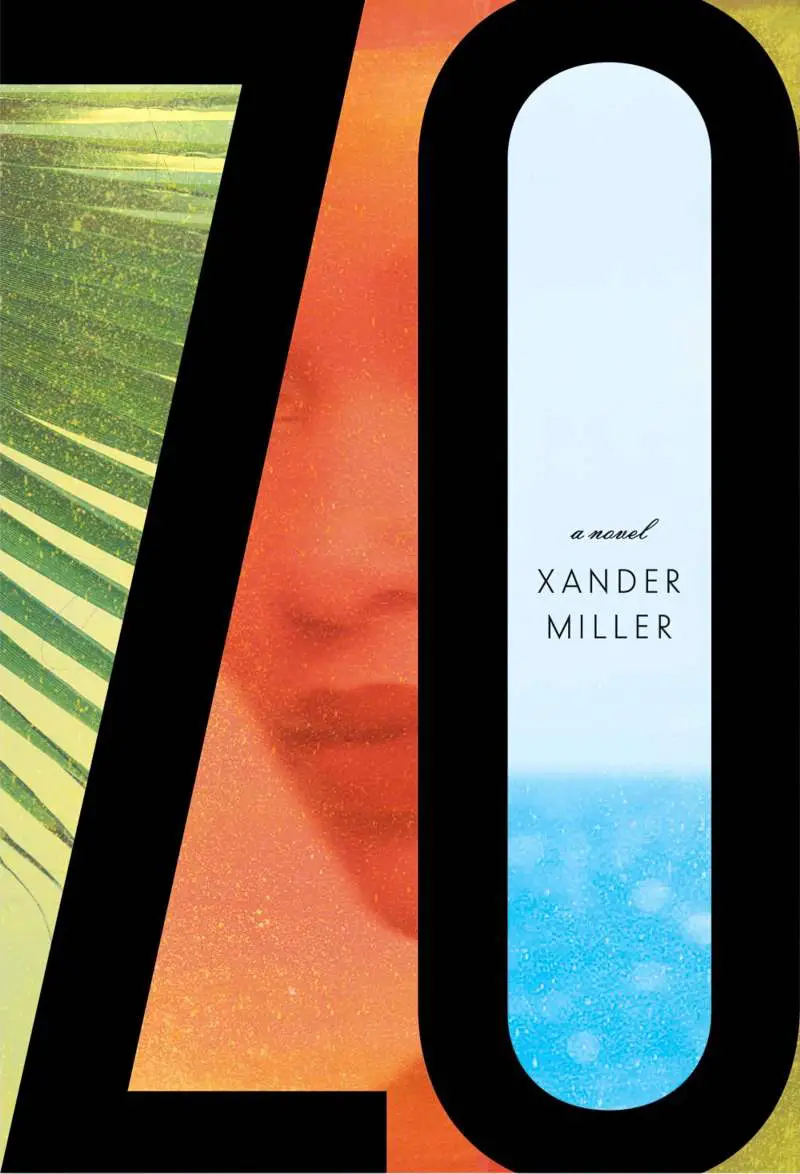
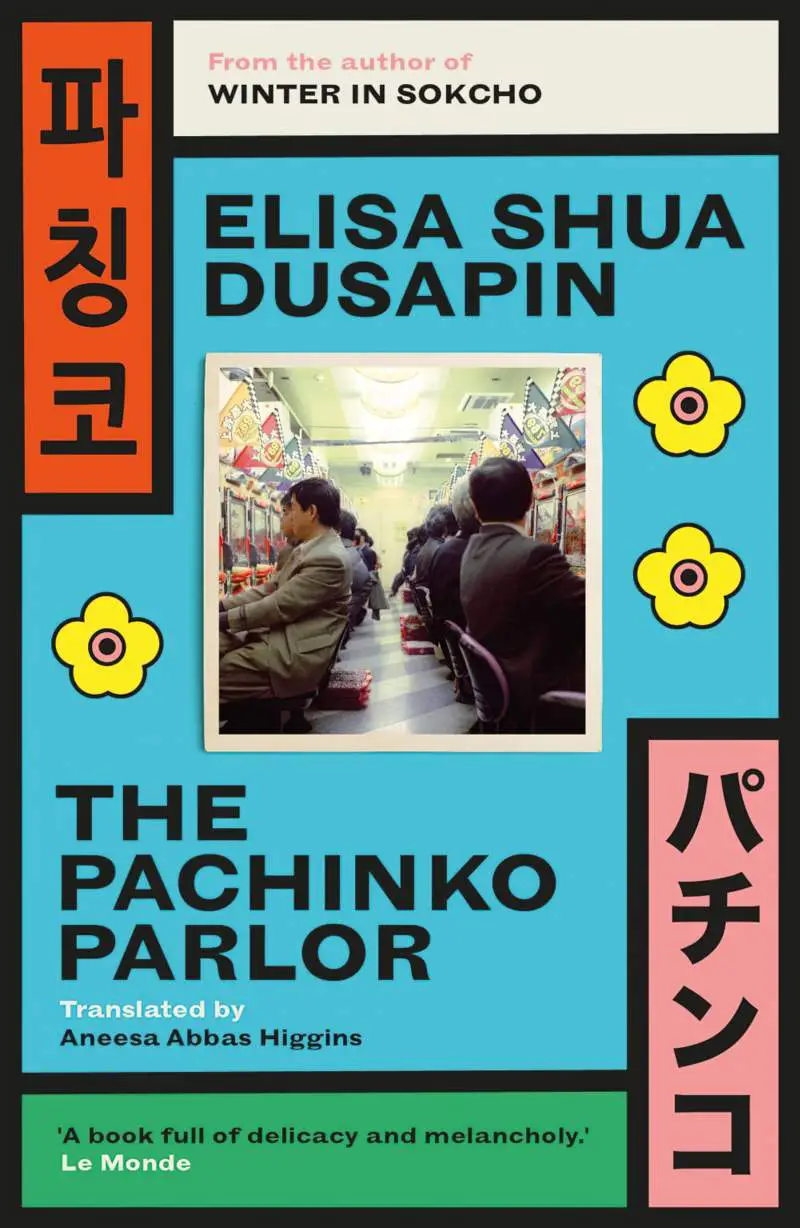
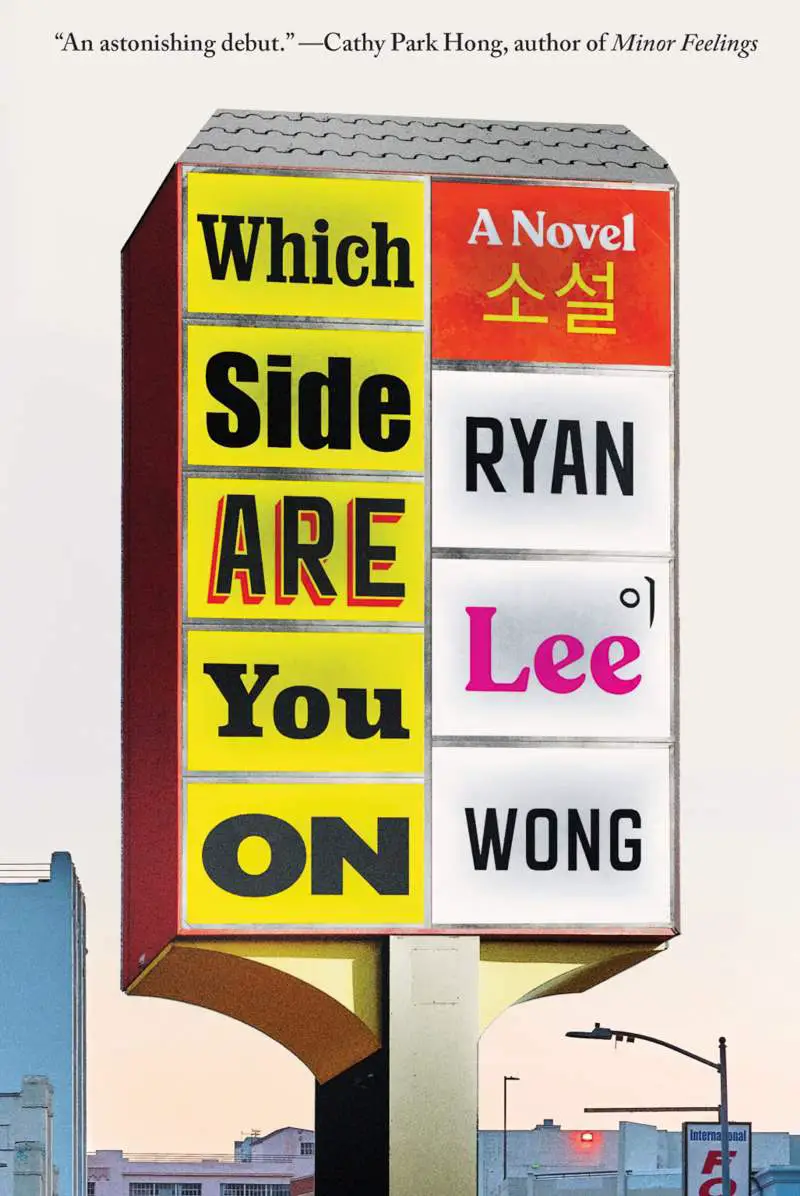
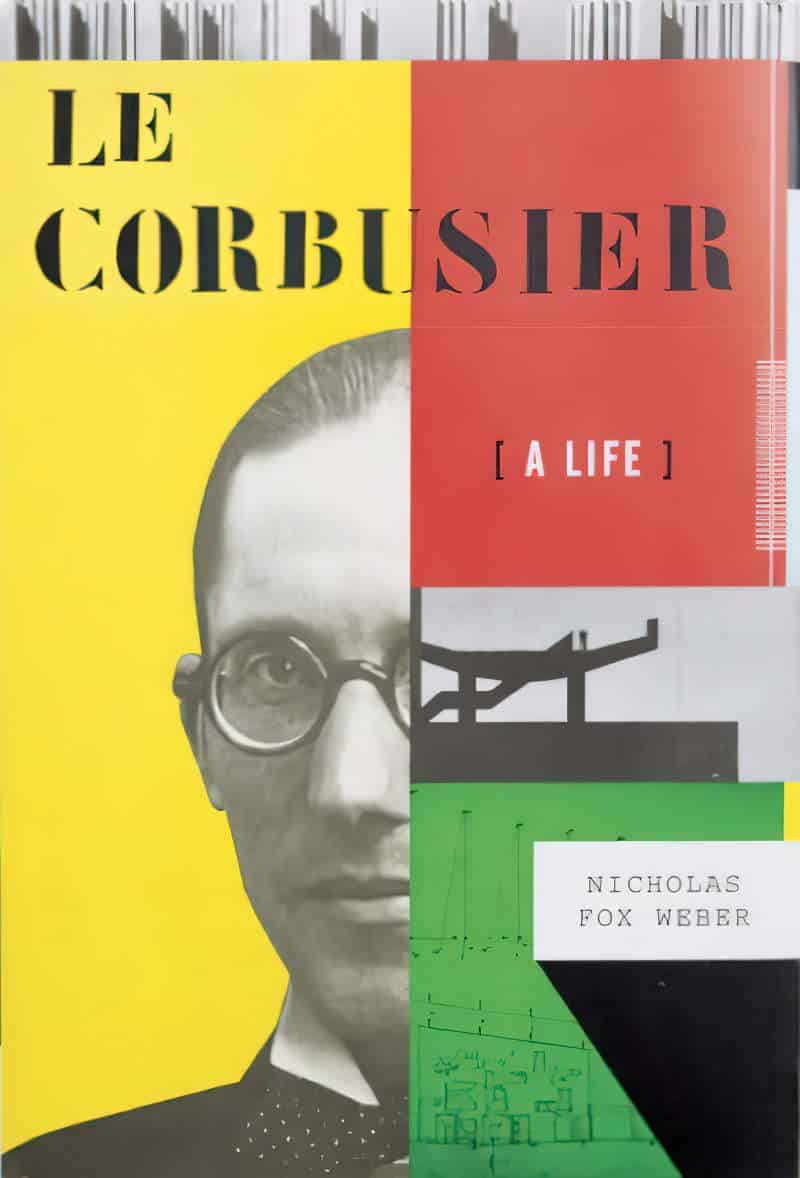


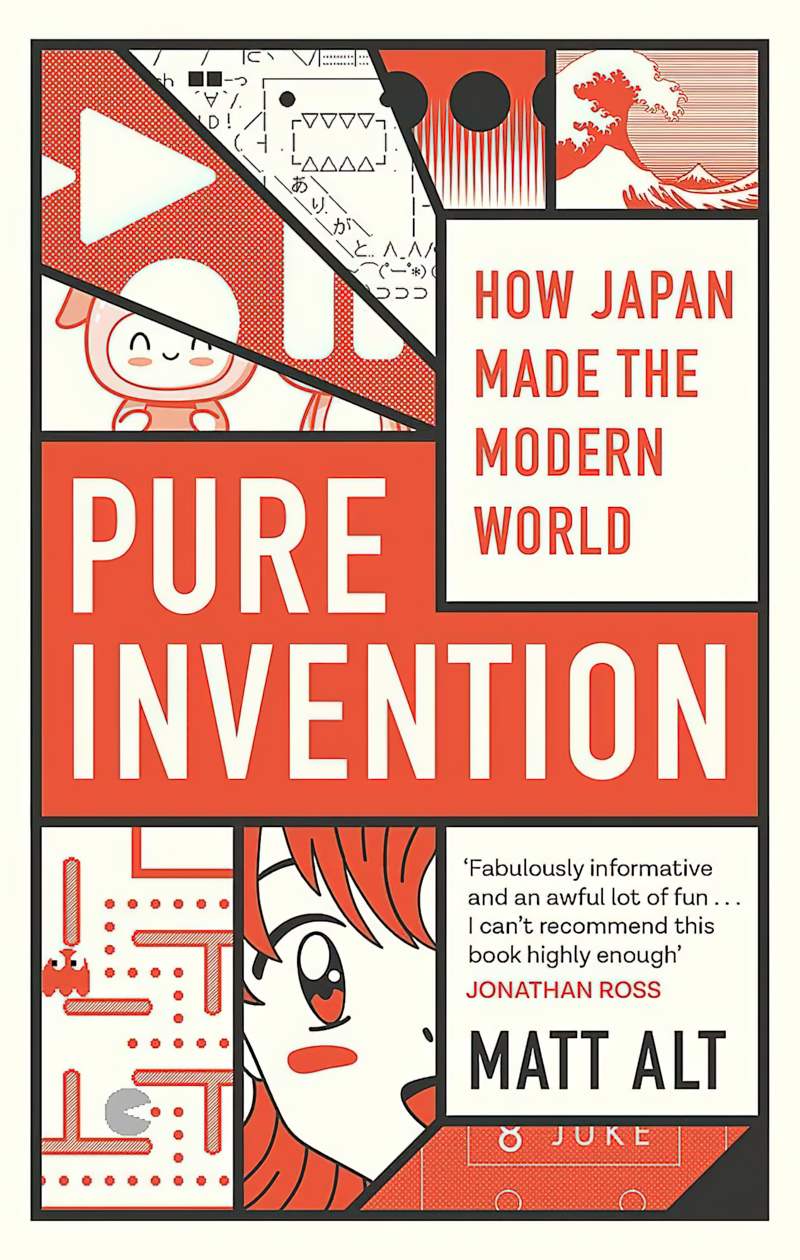

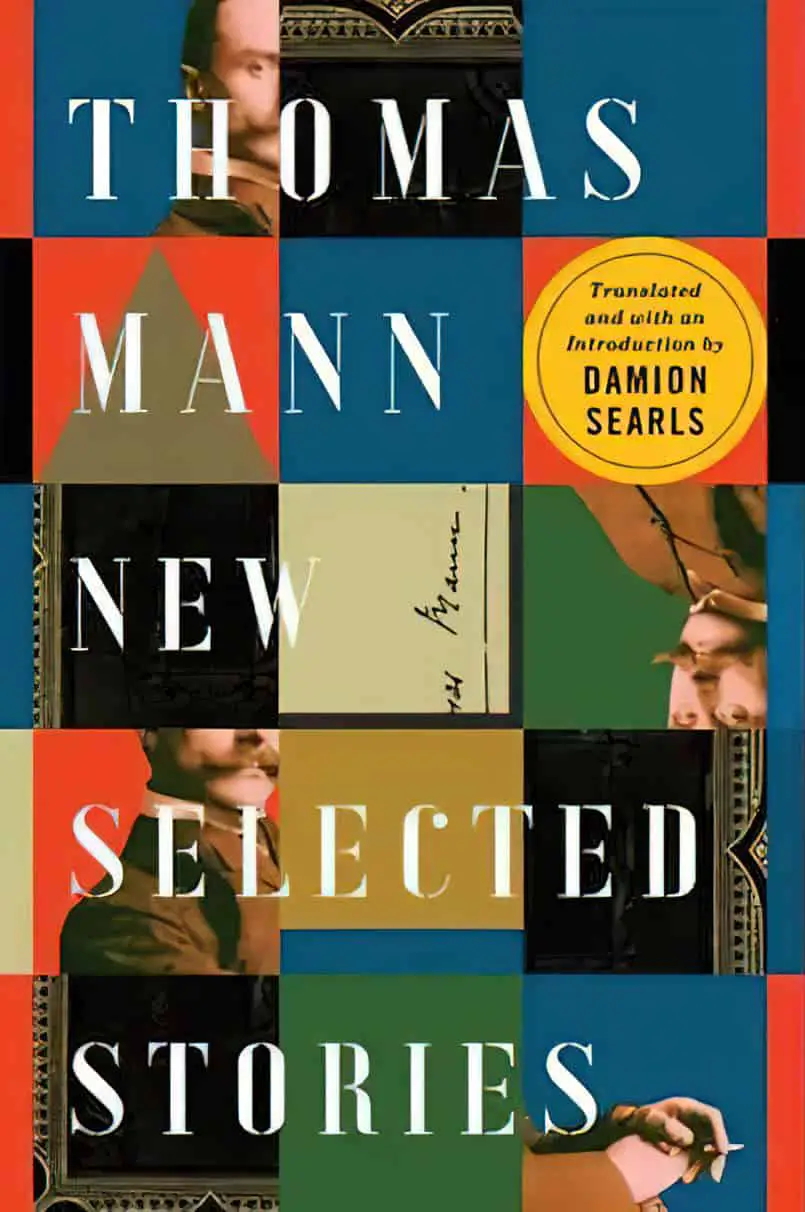

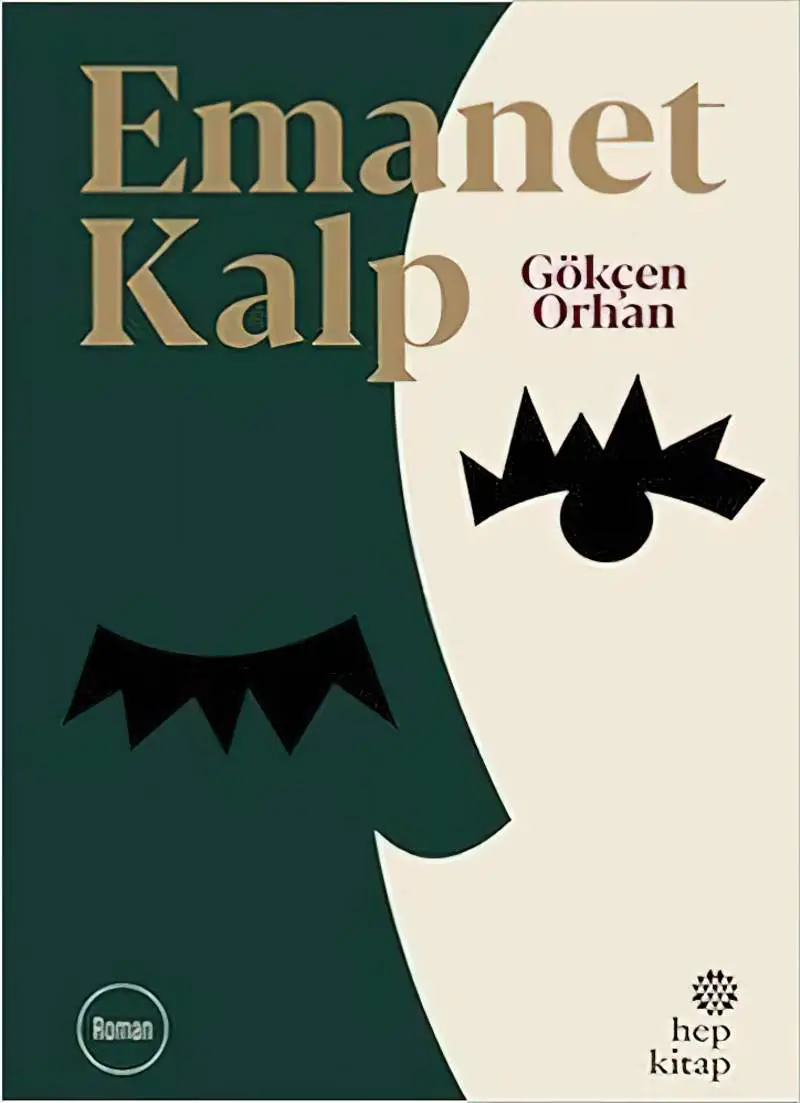
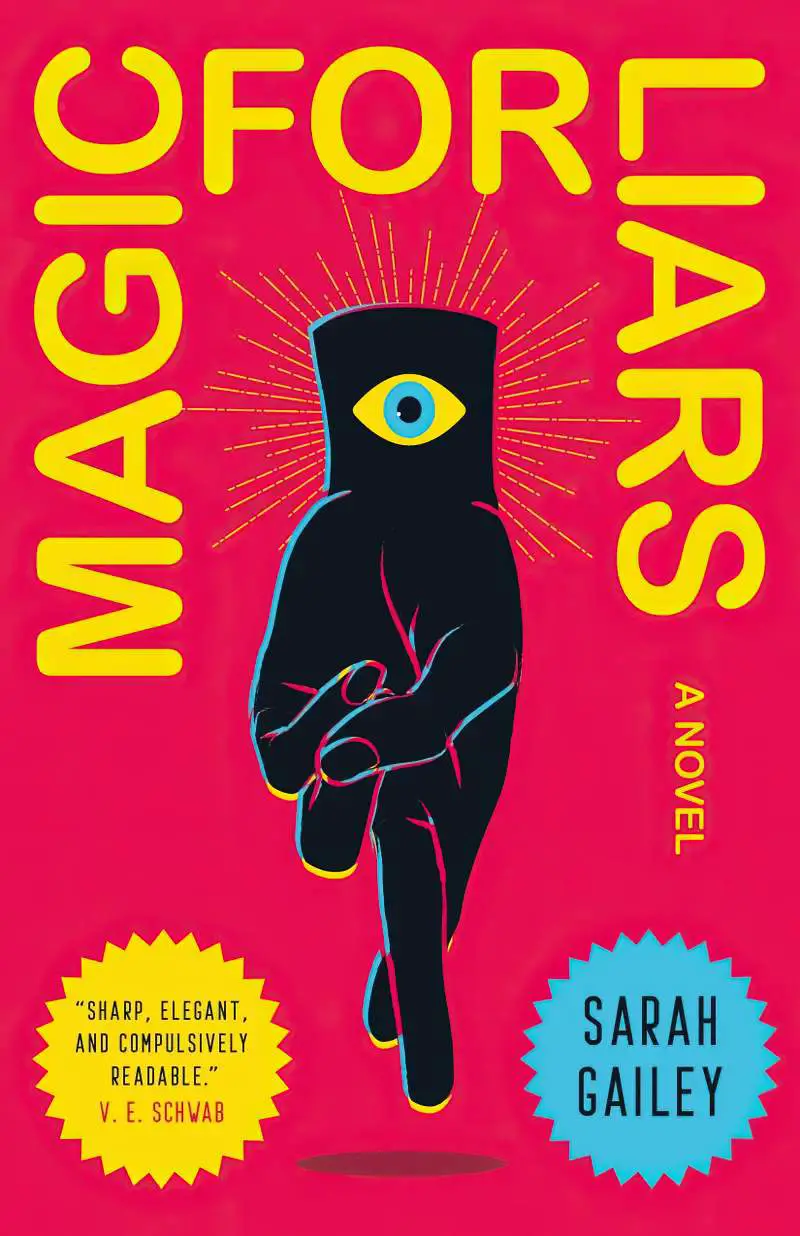
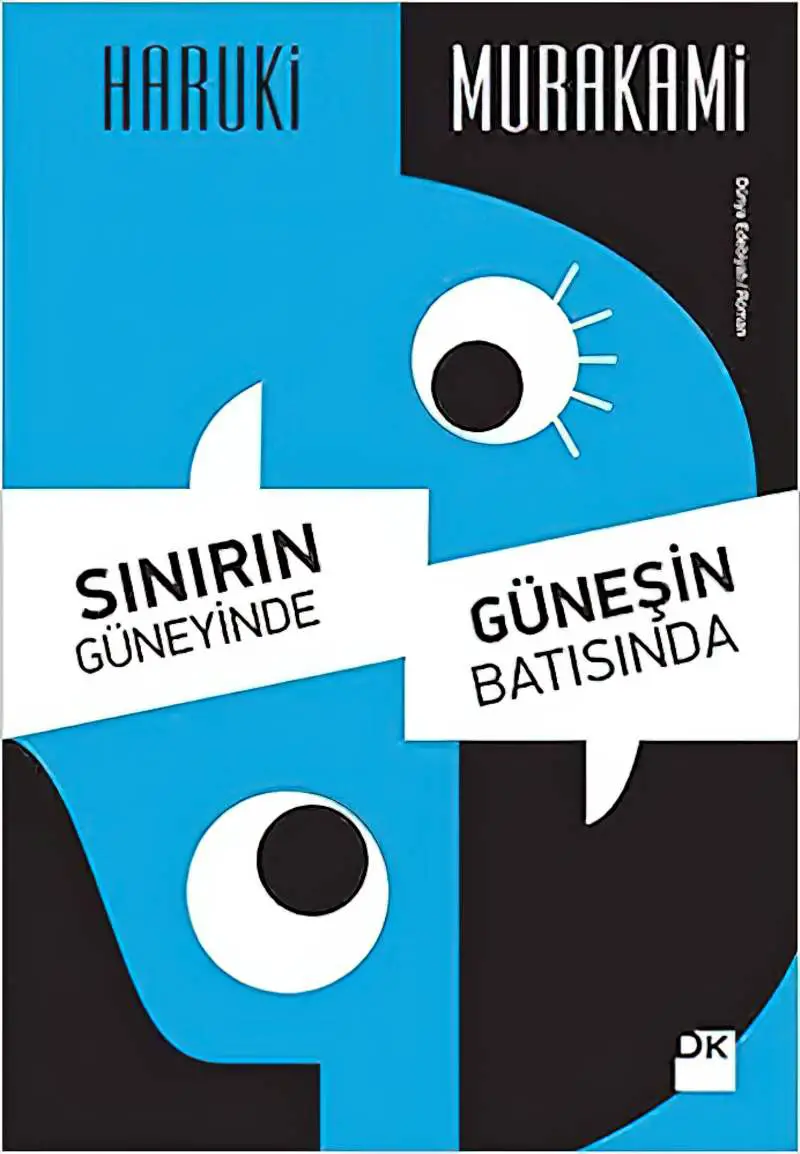
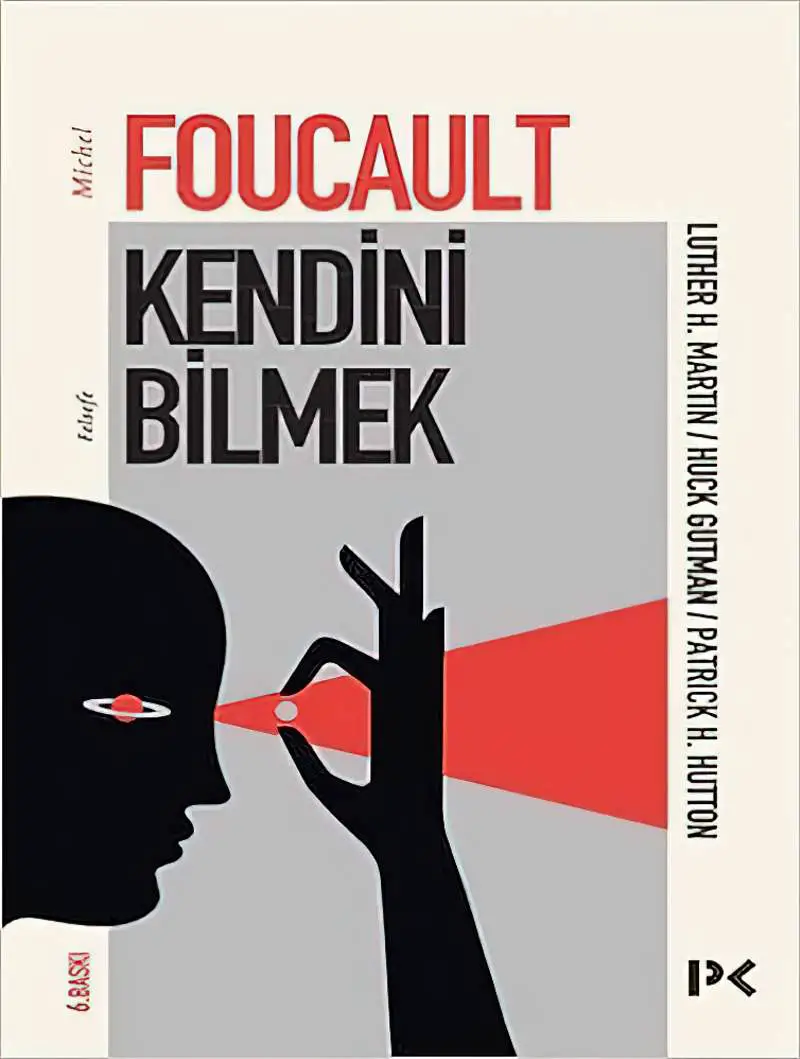
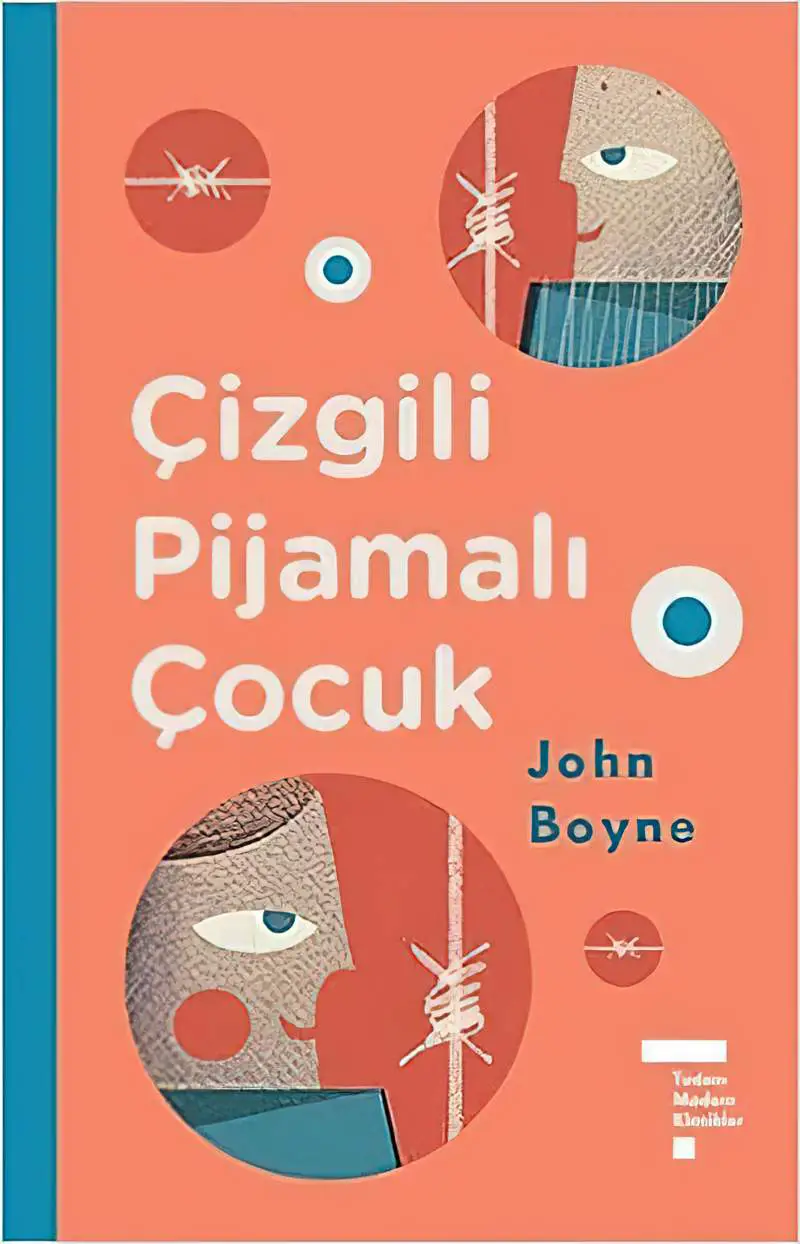
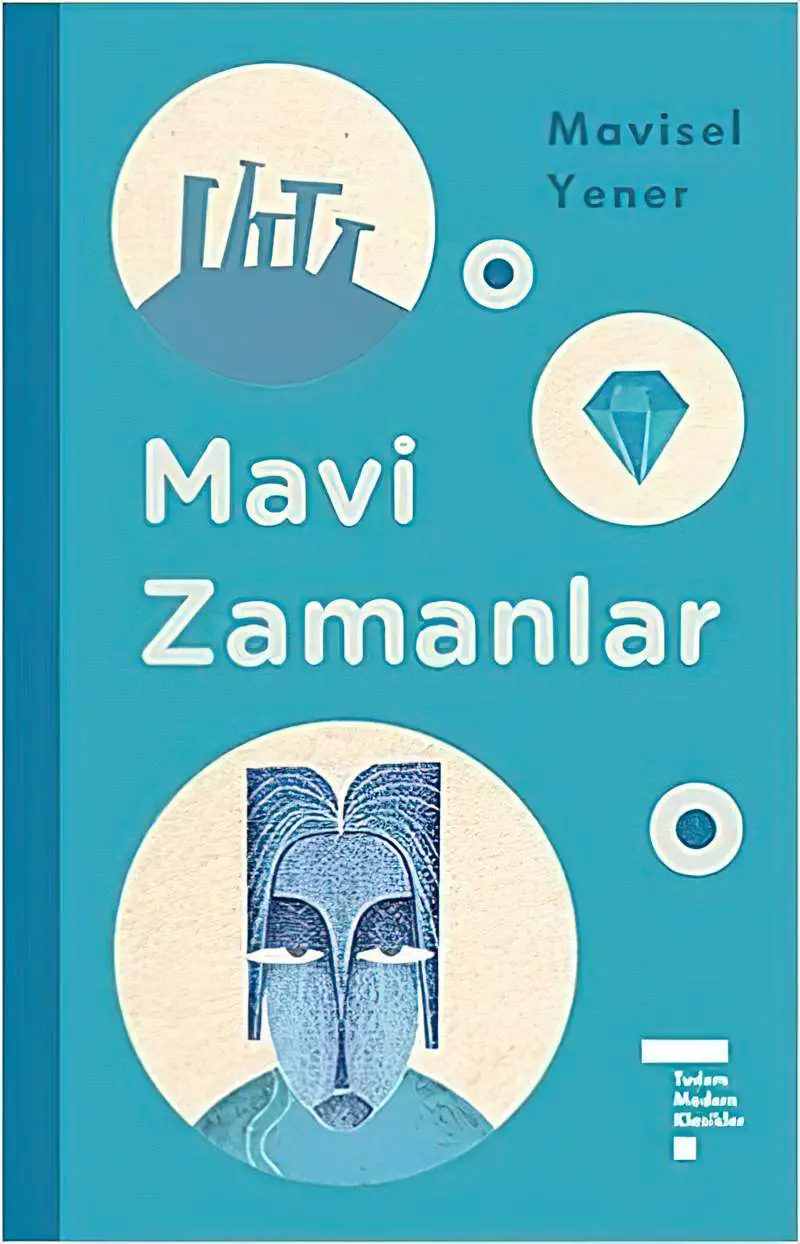

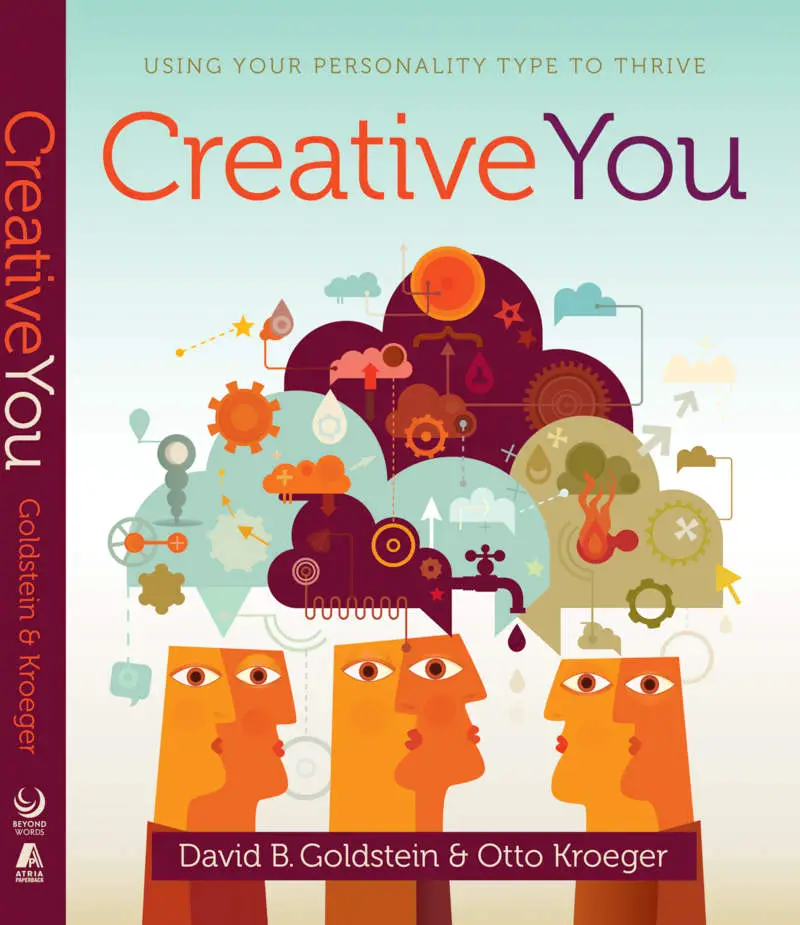
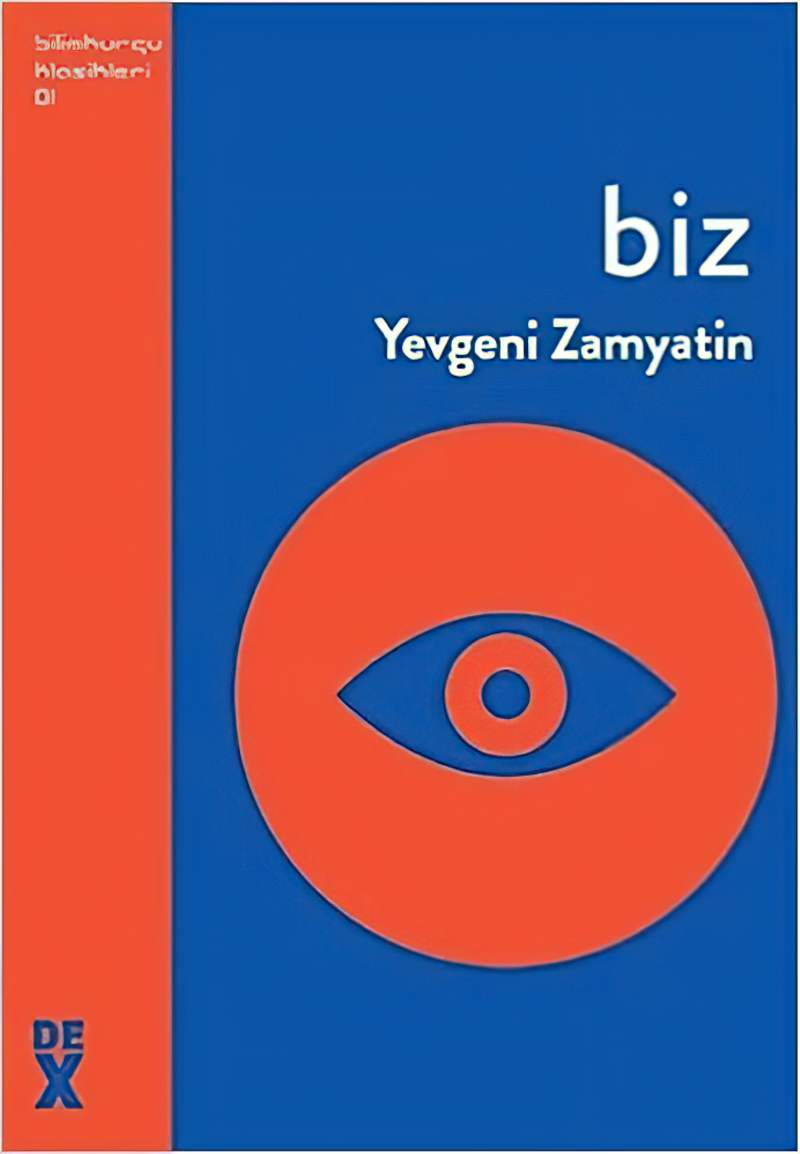
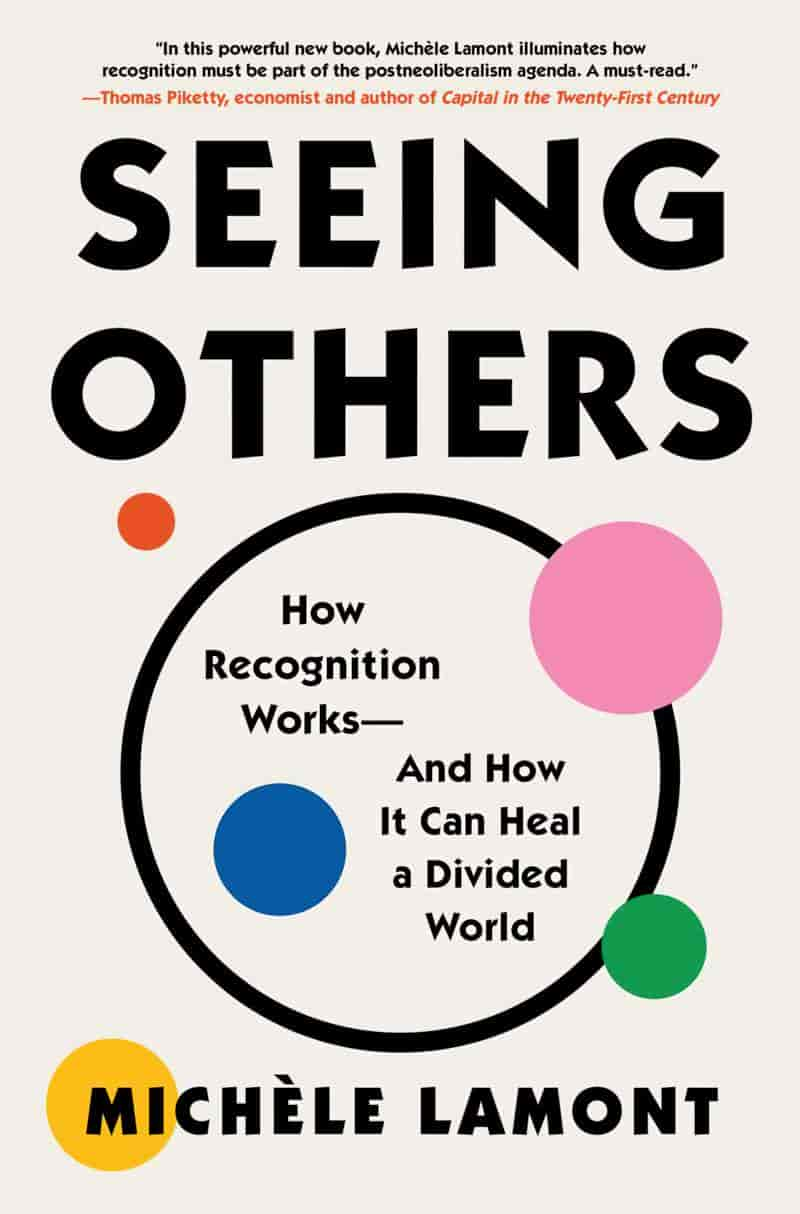
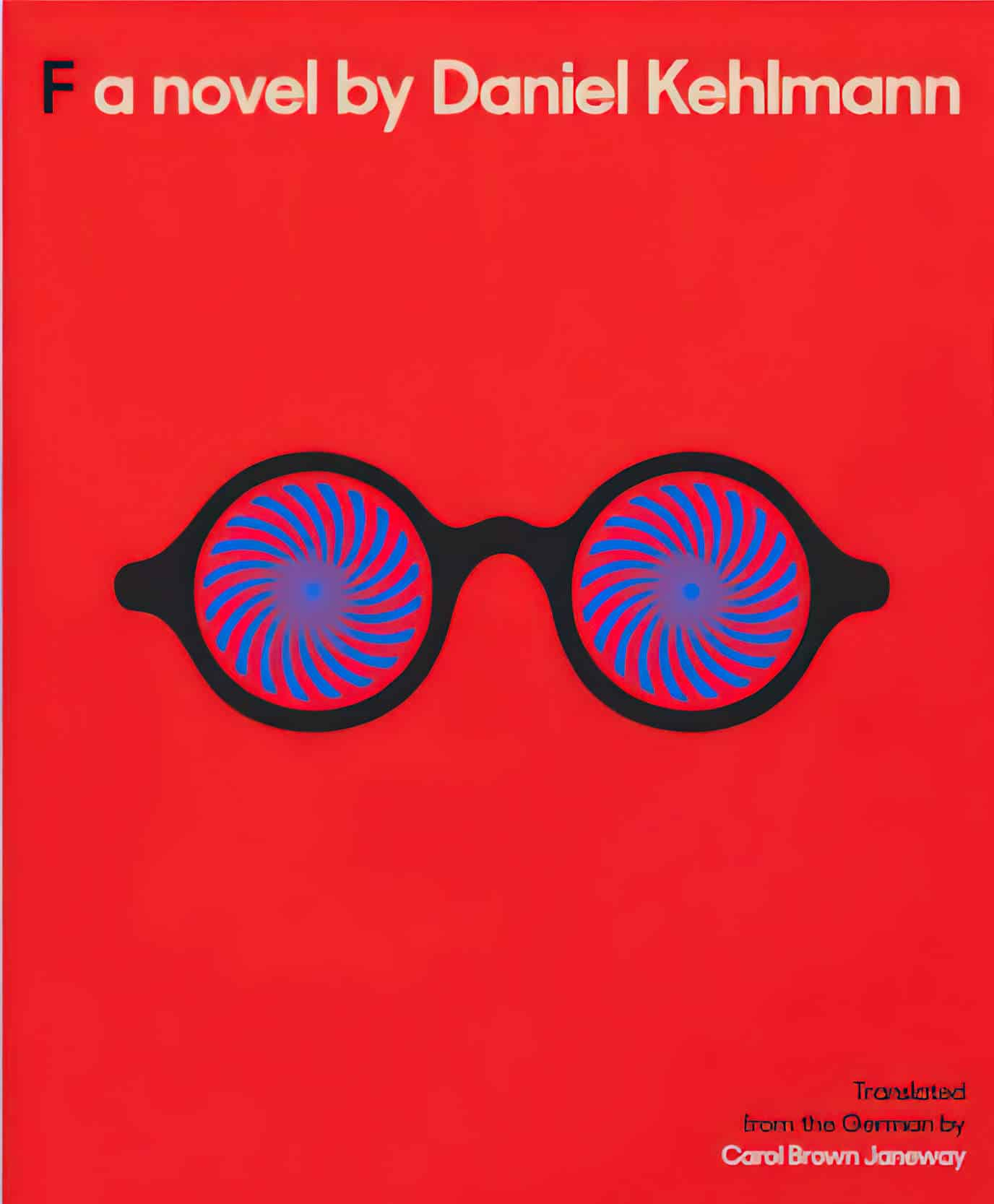
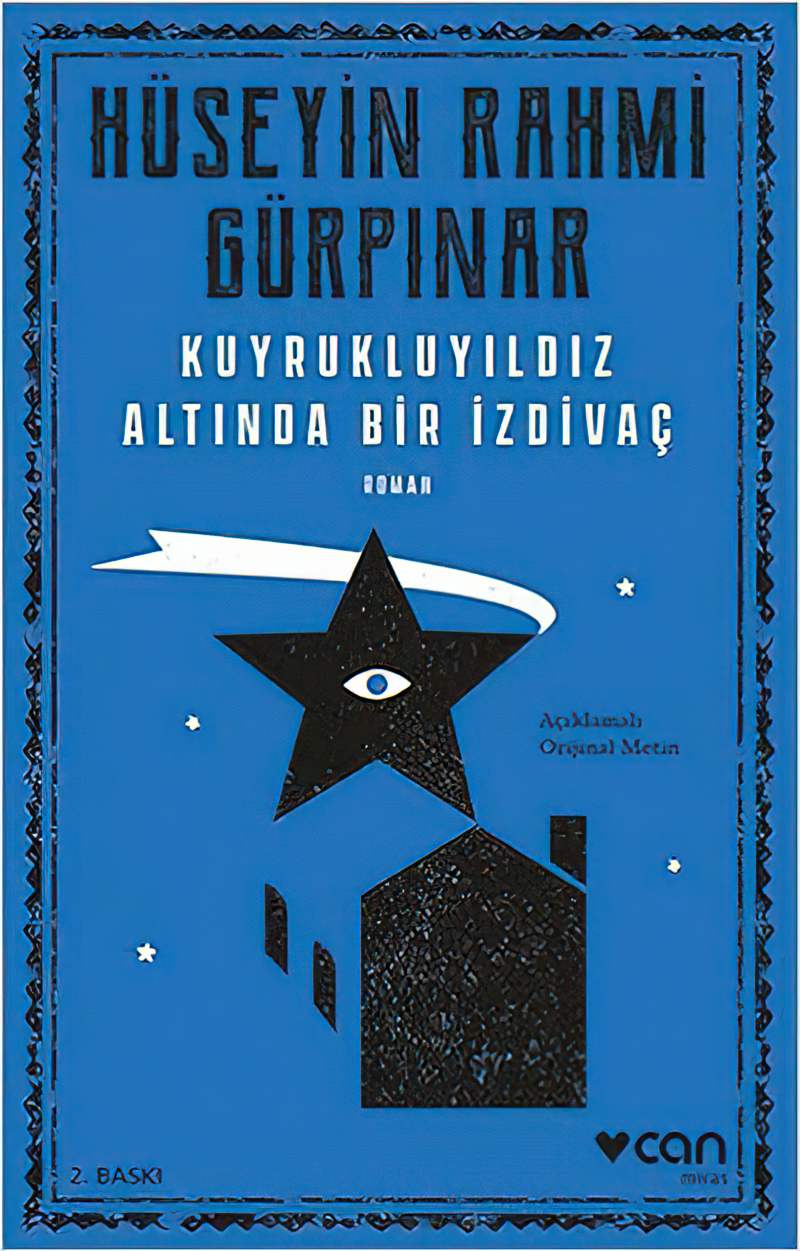
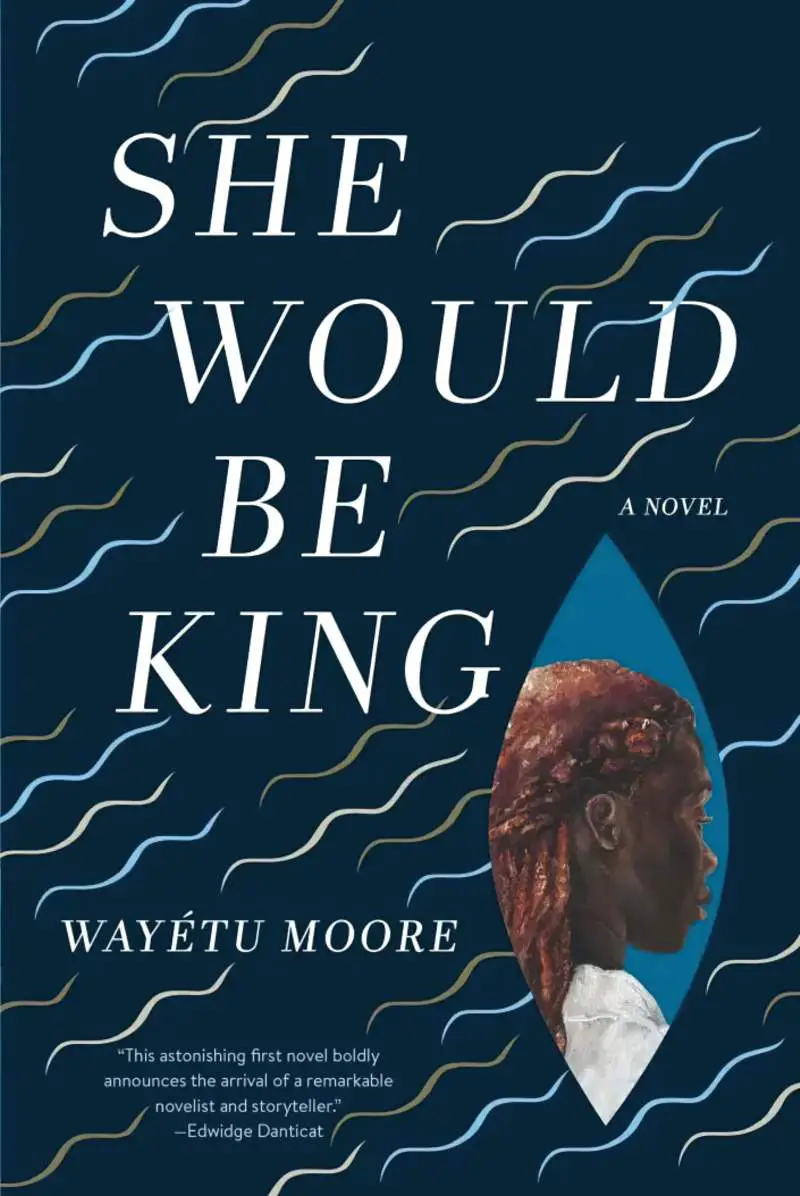

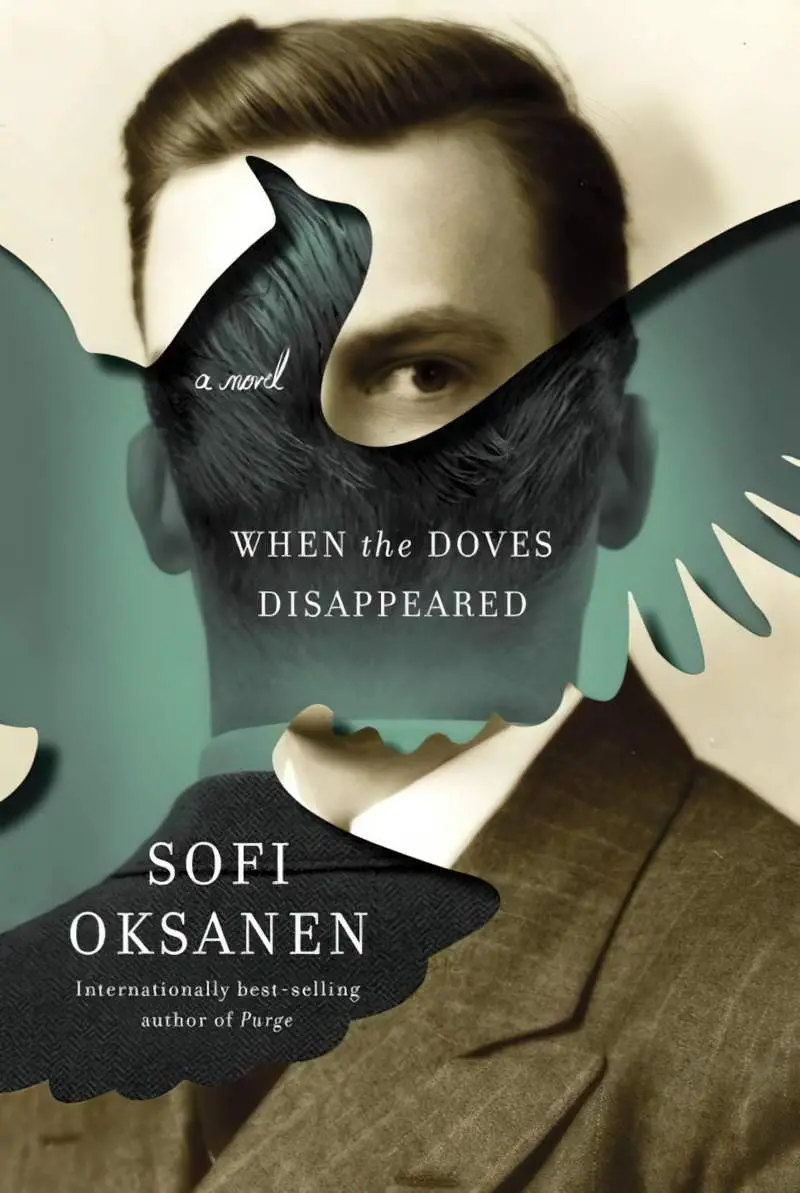

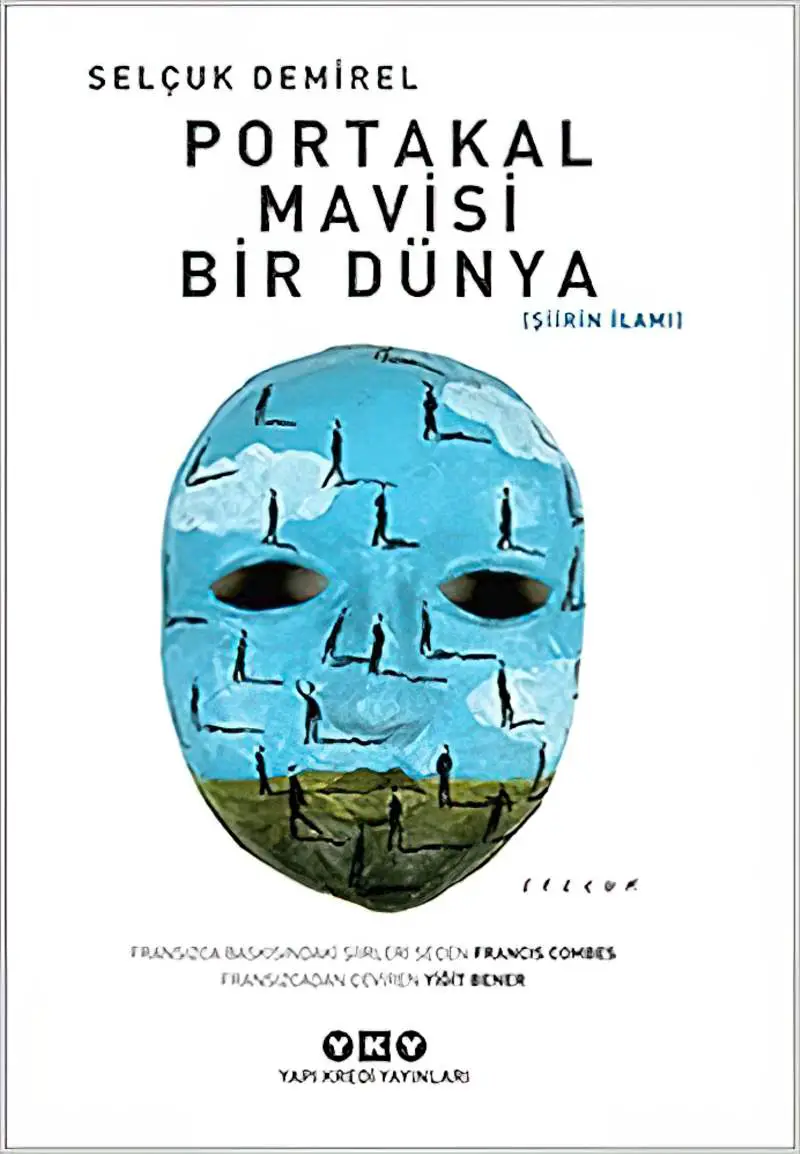
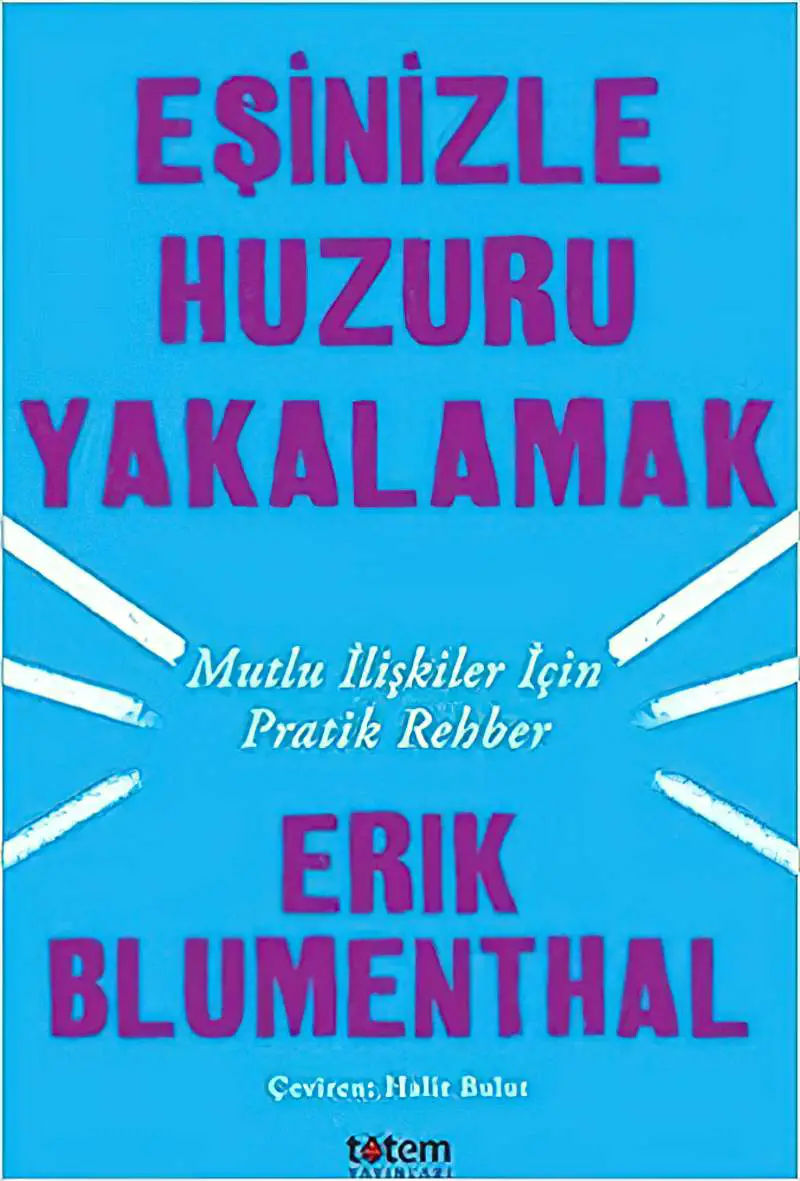
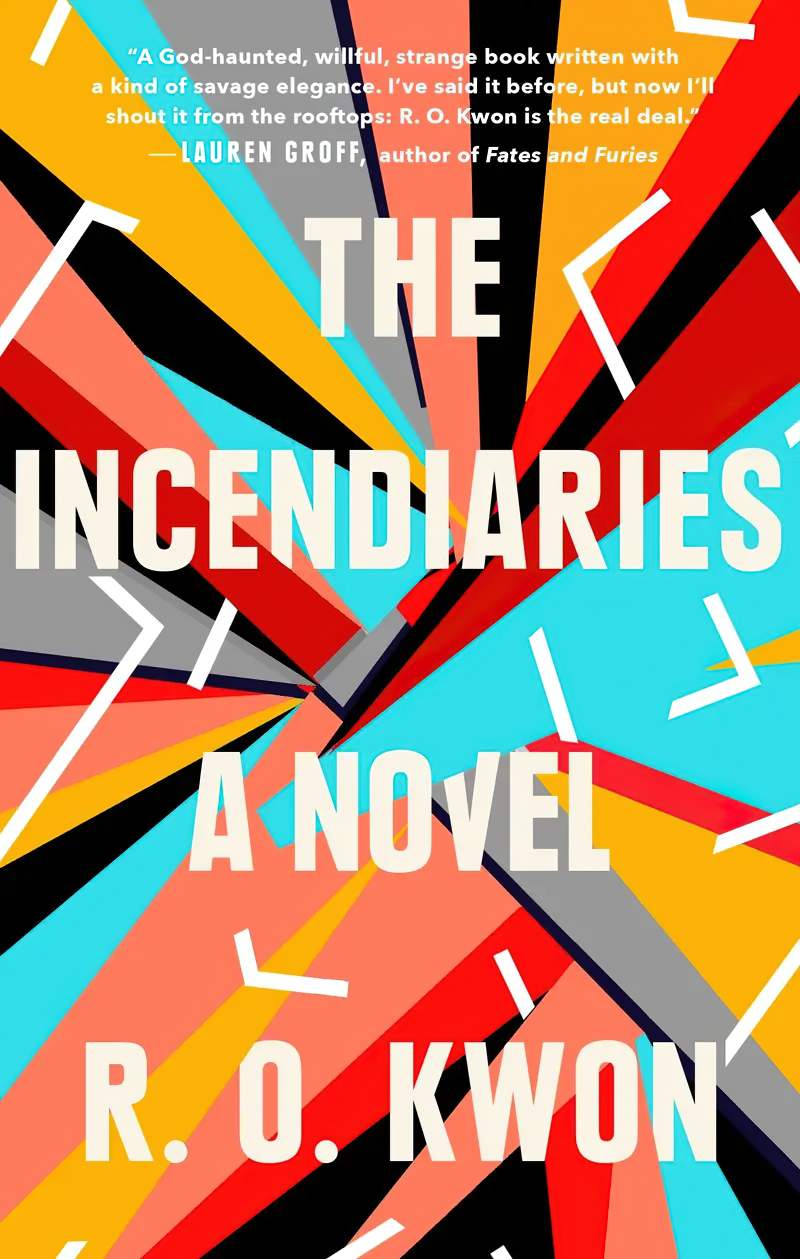
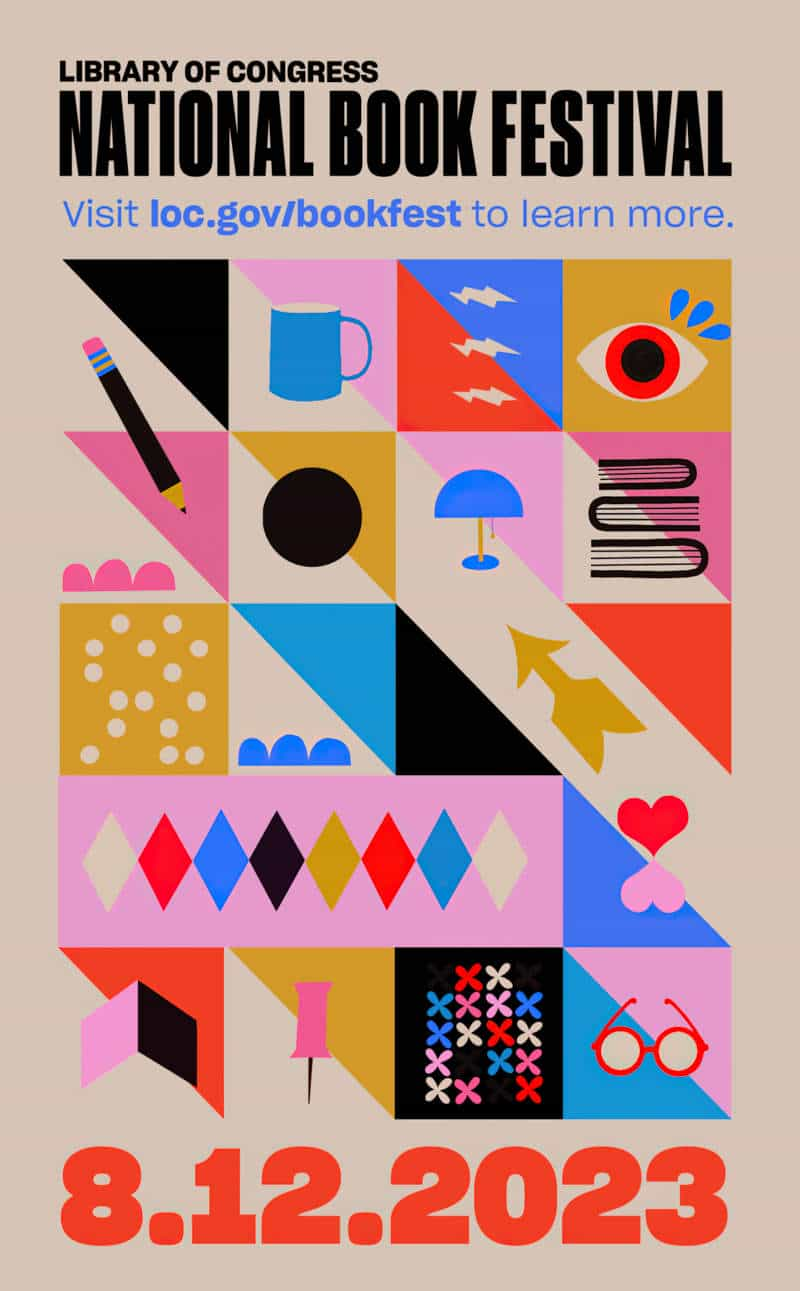
THIN LINE WITH BLOCKS
